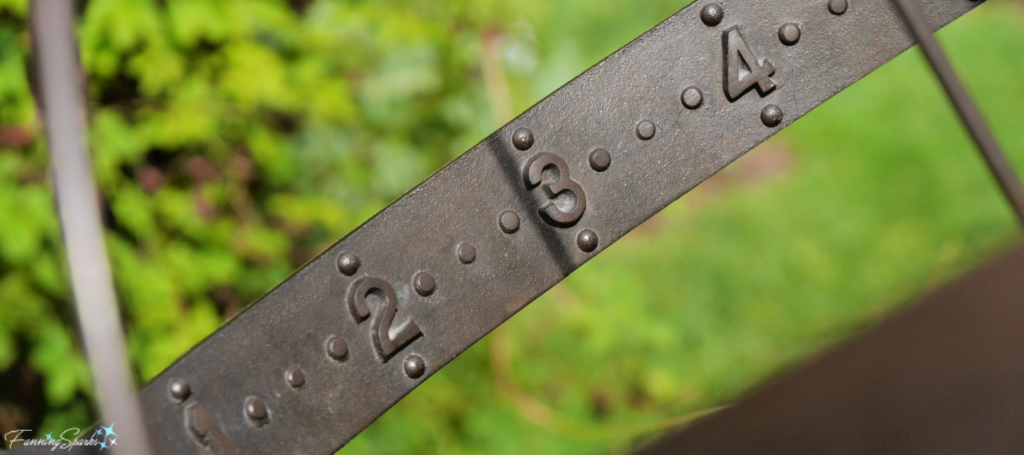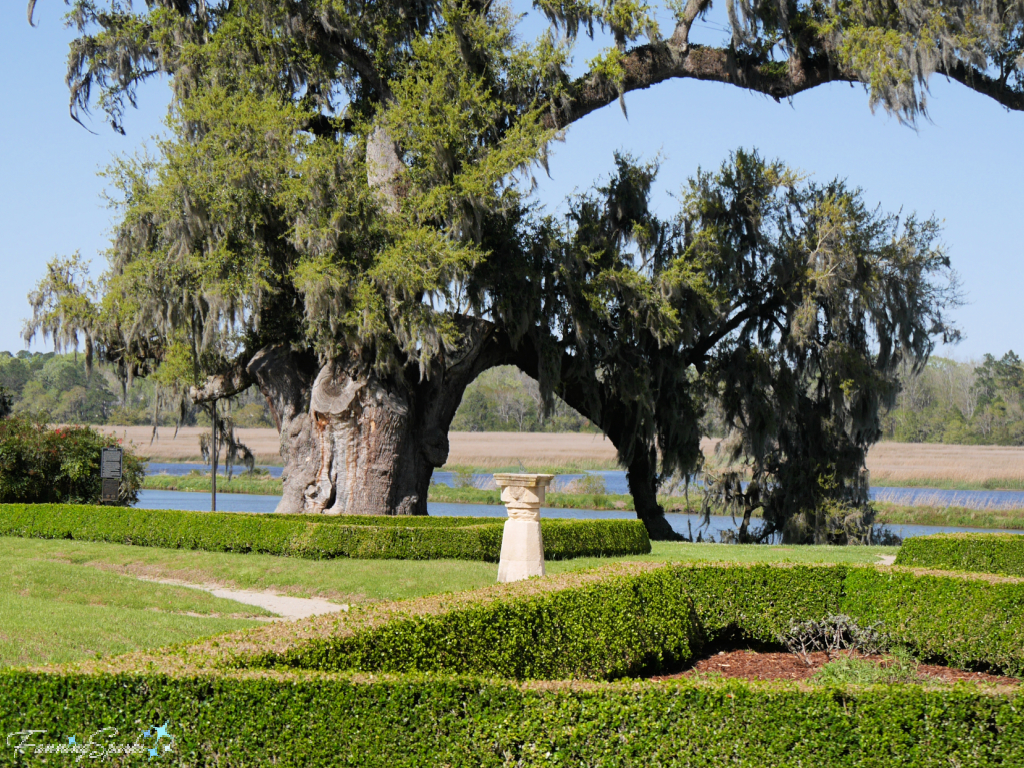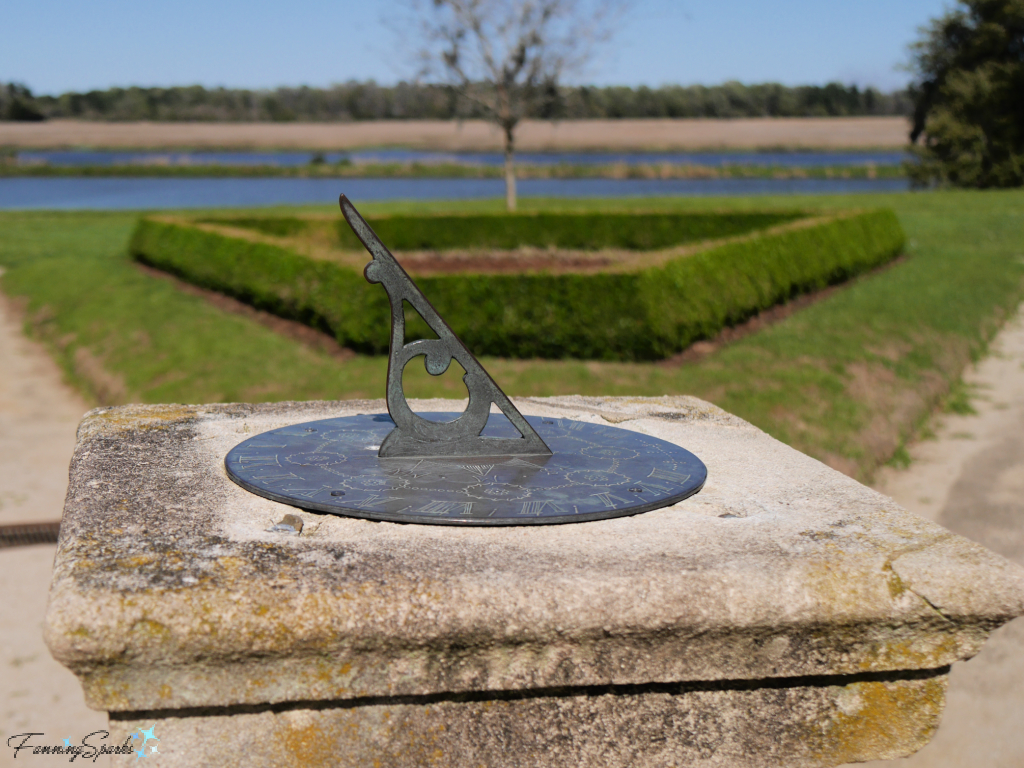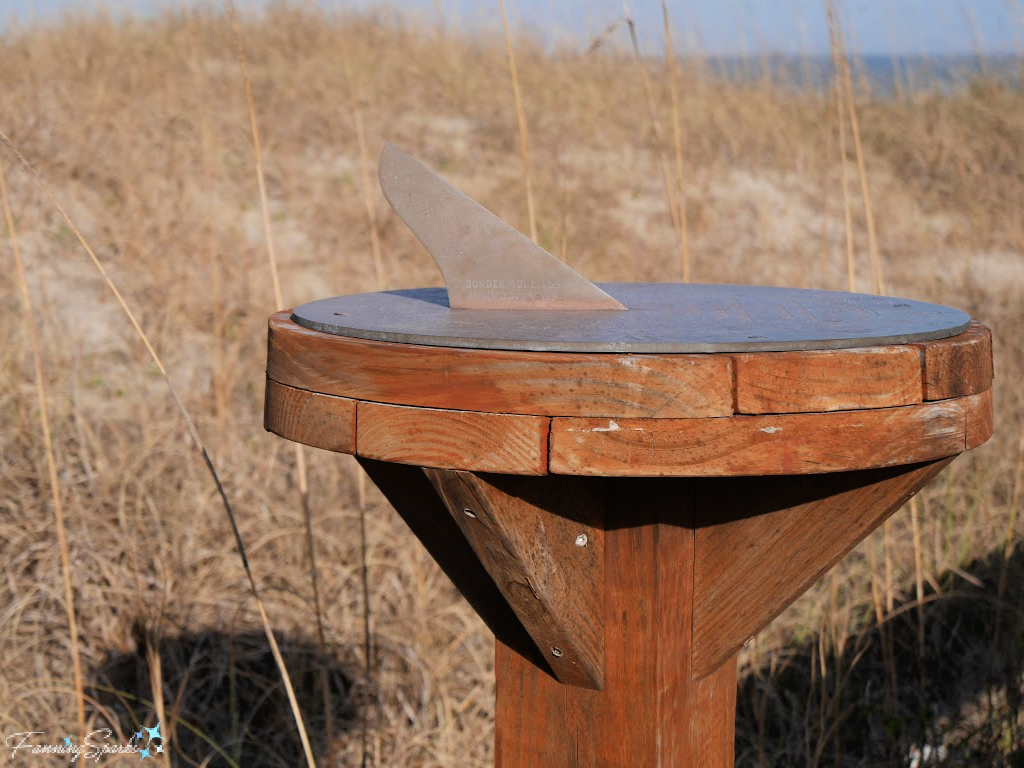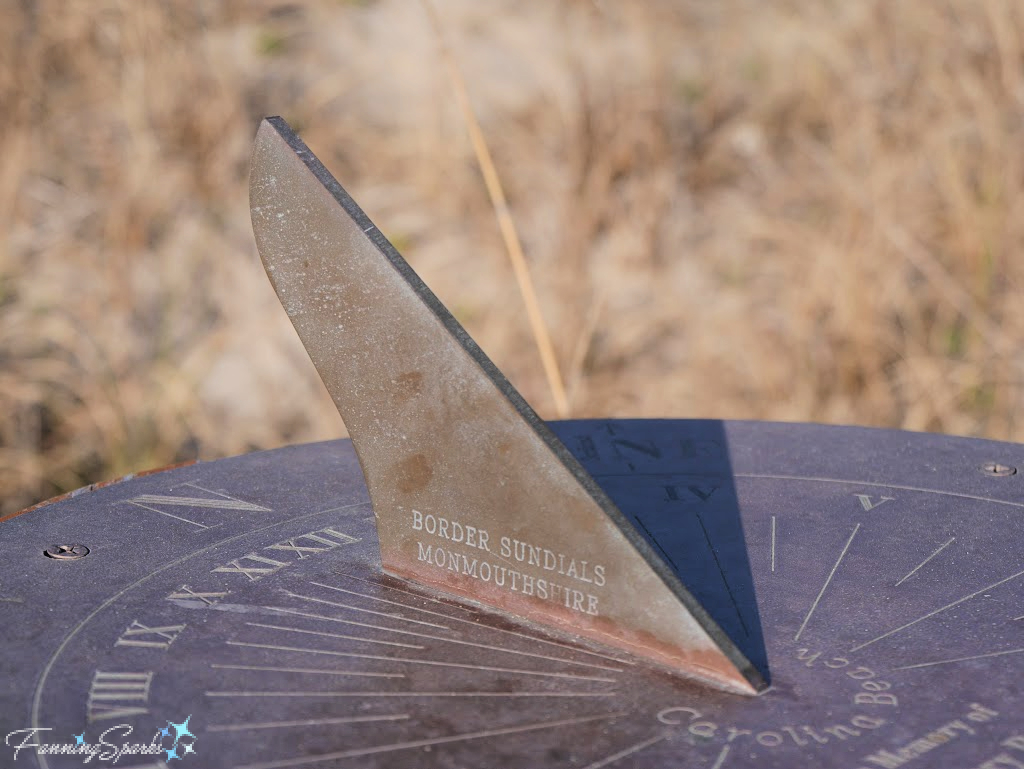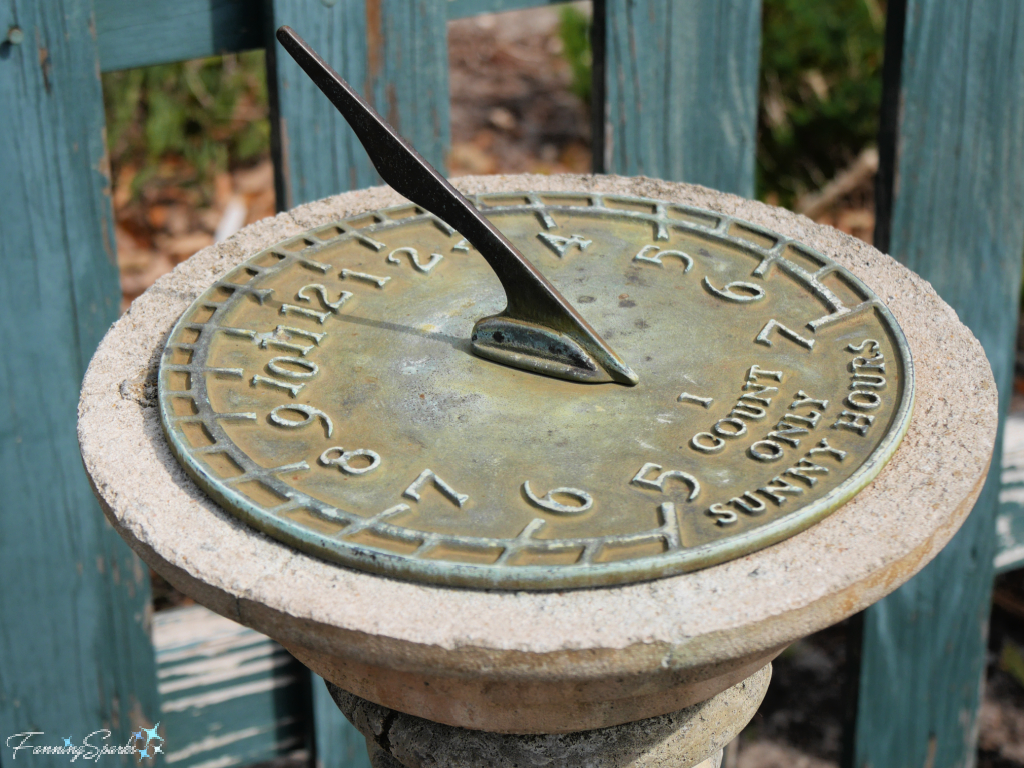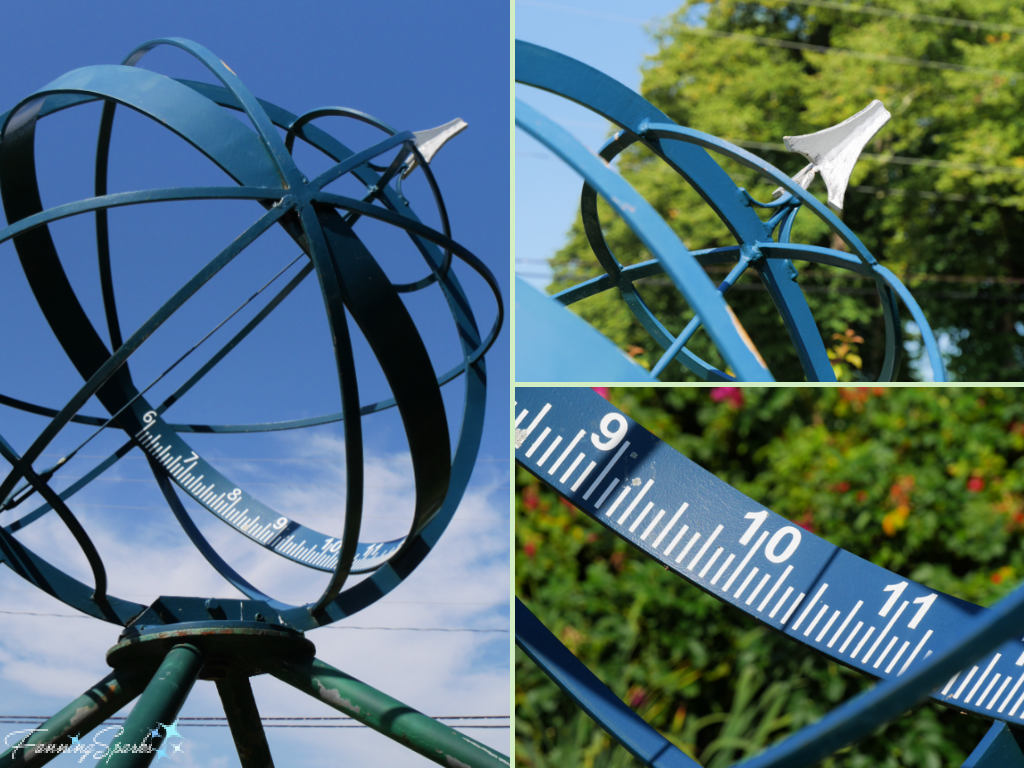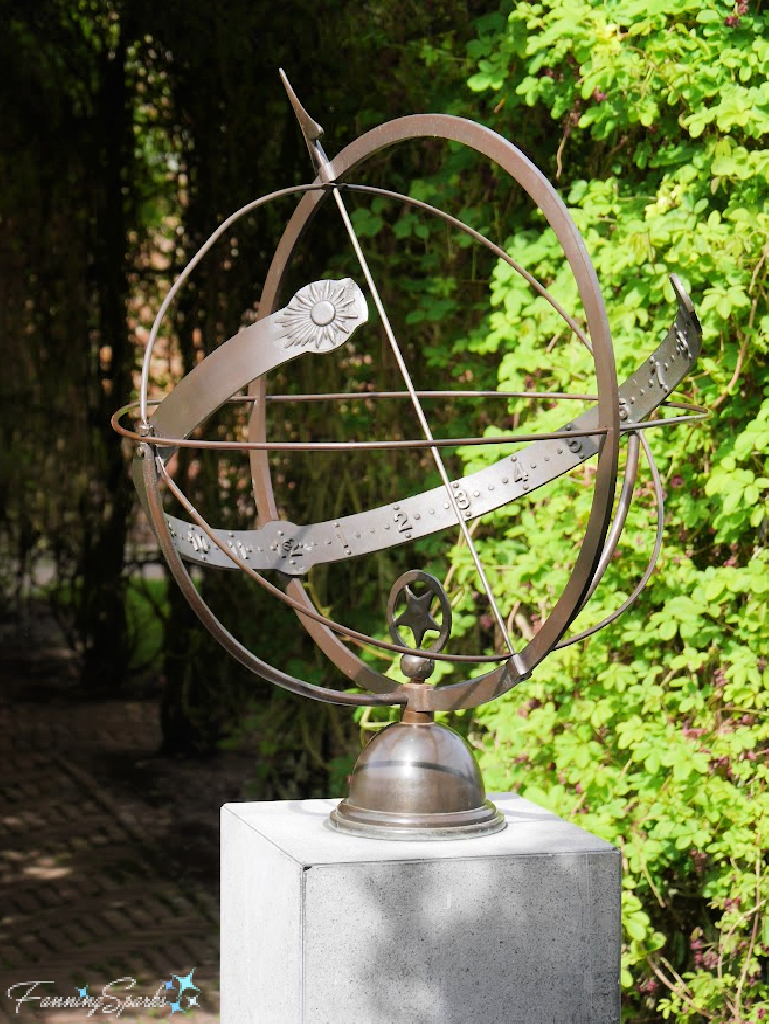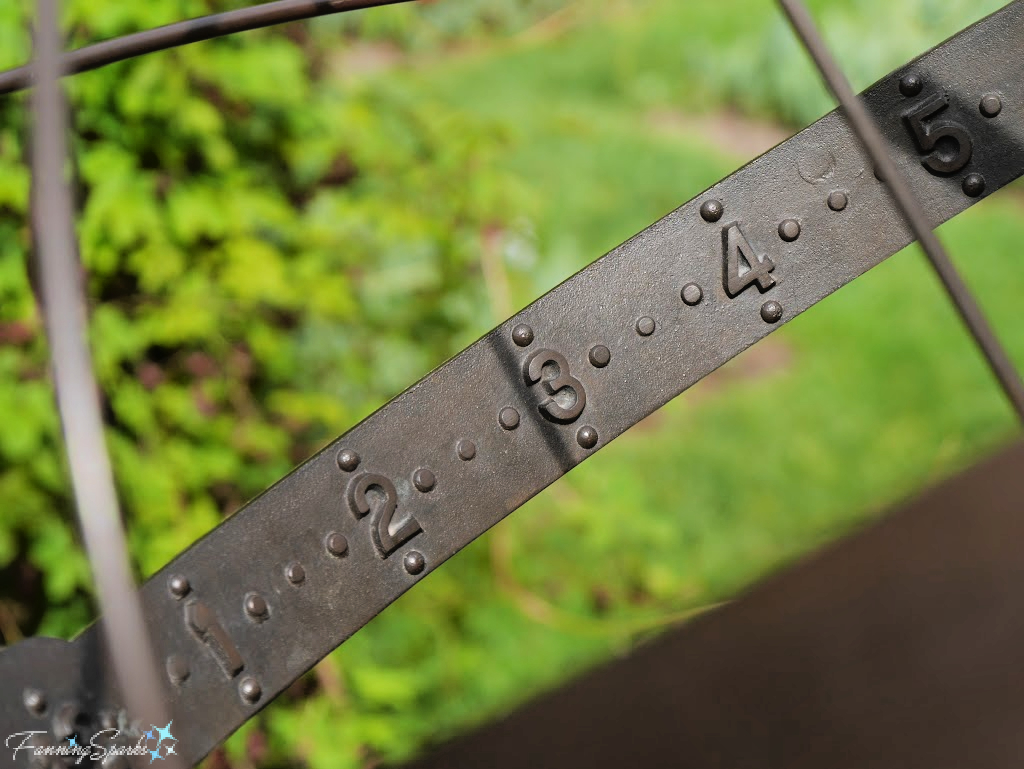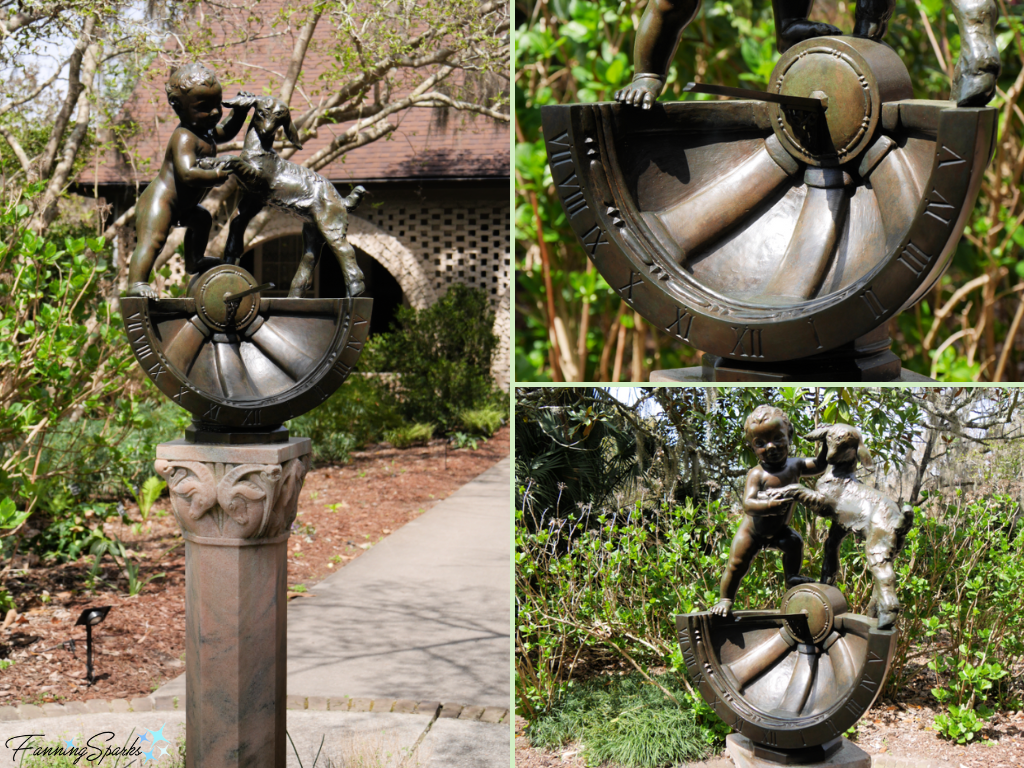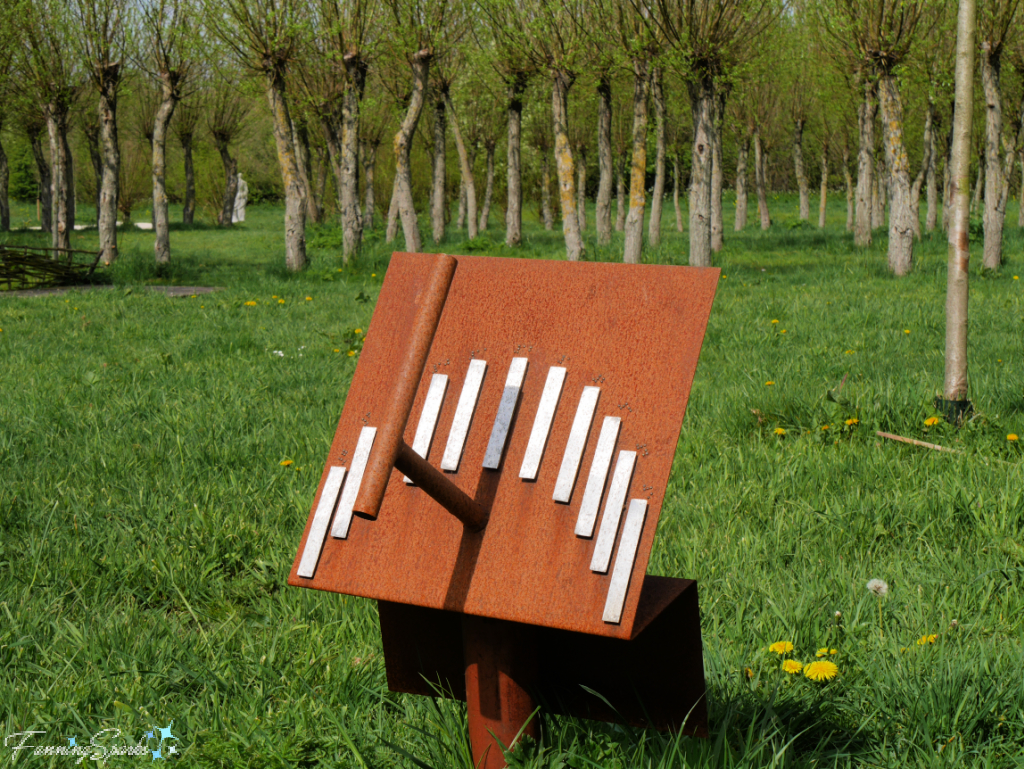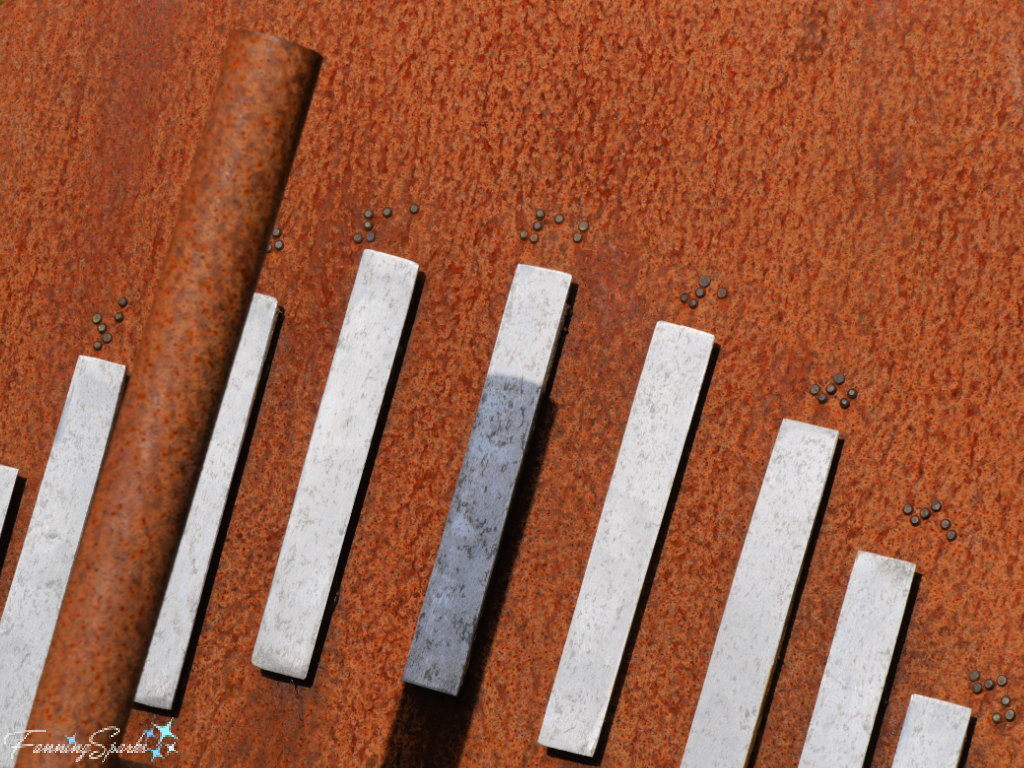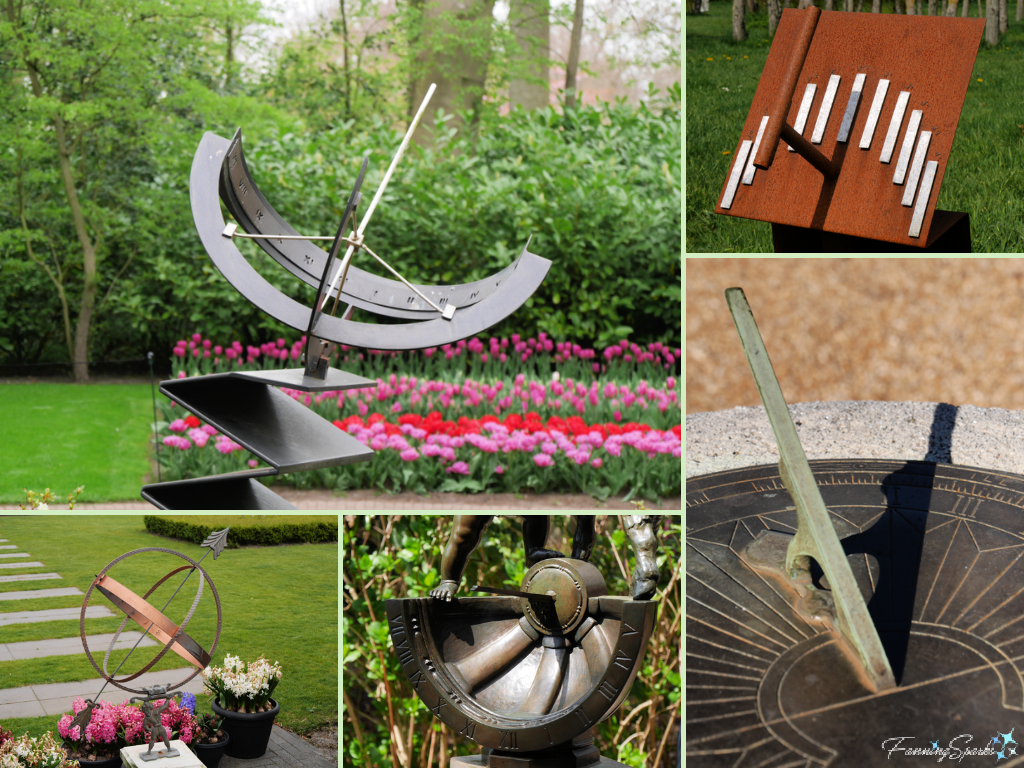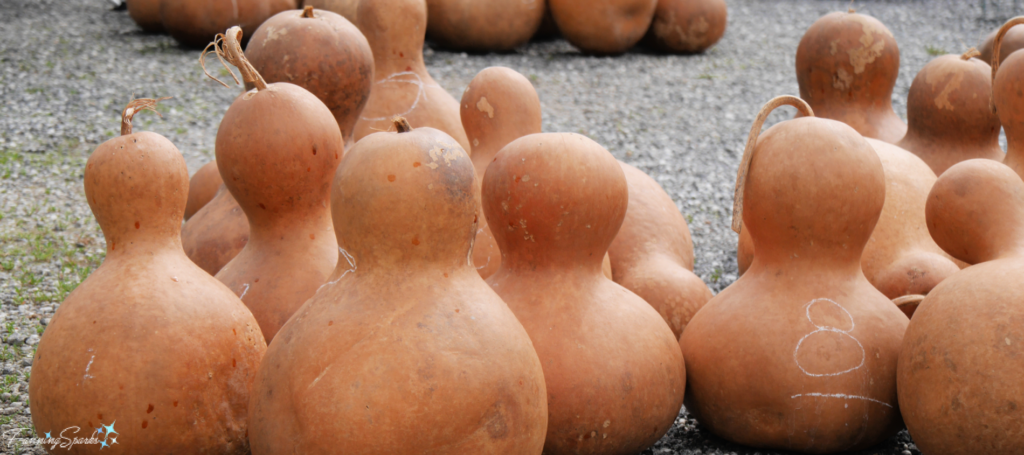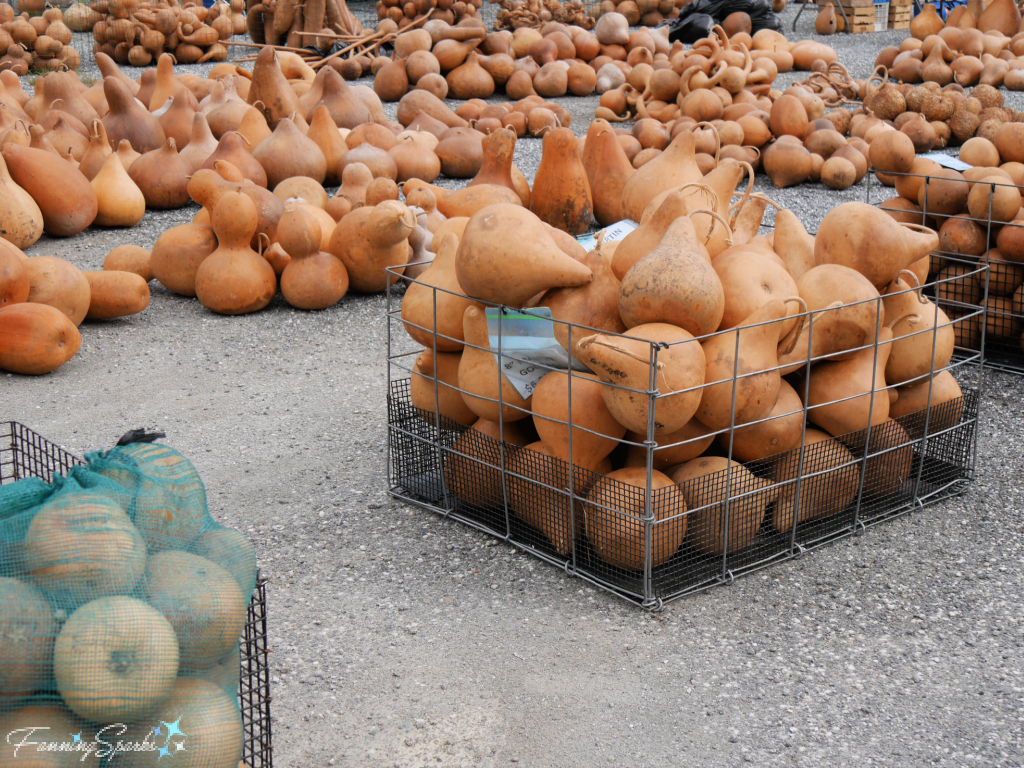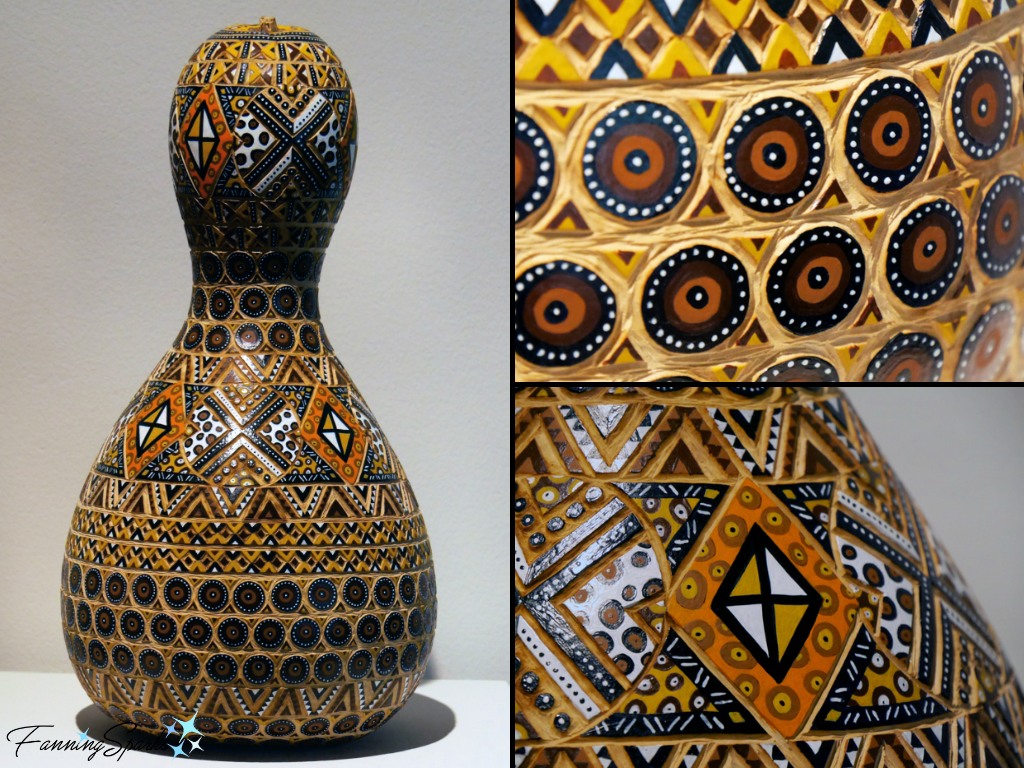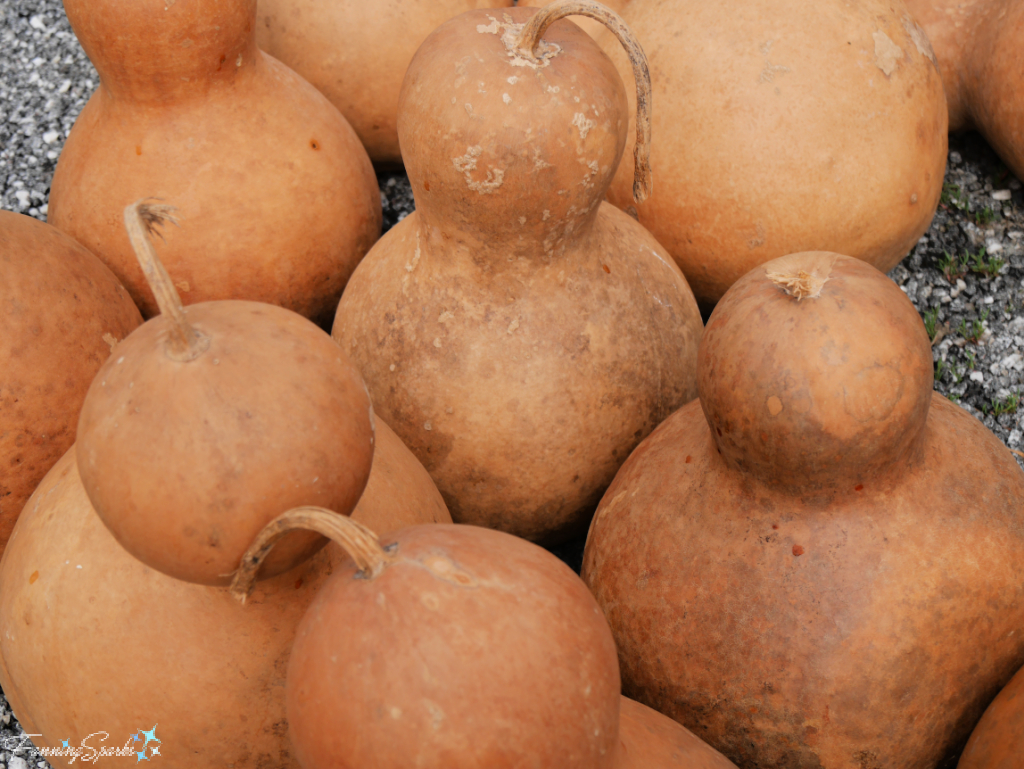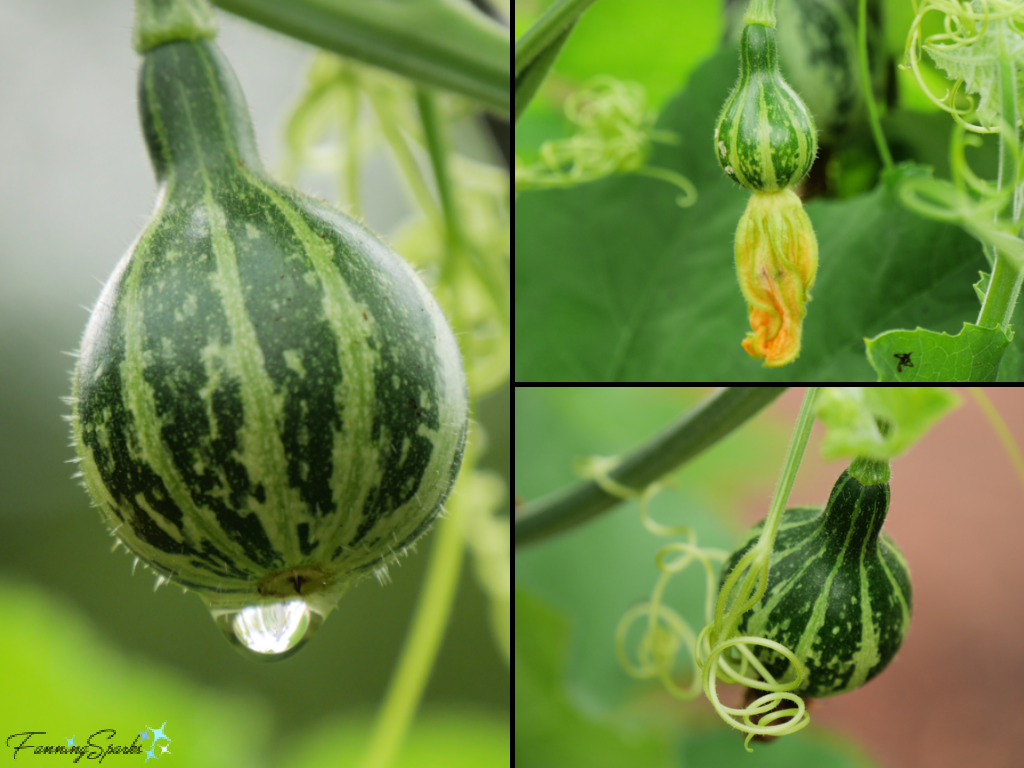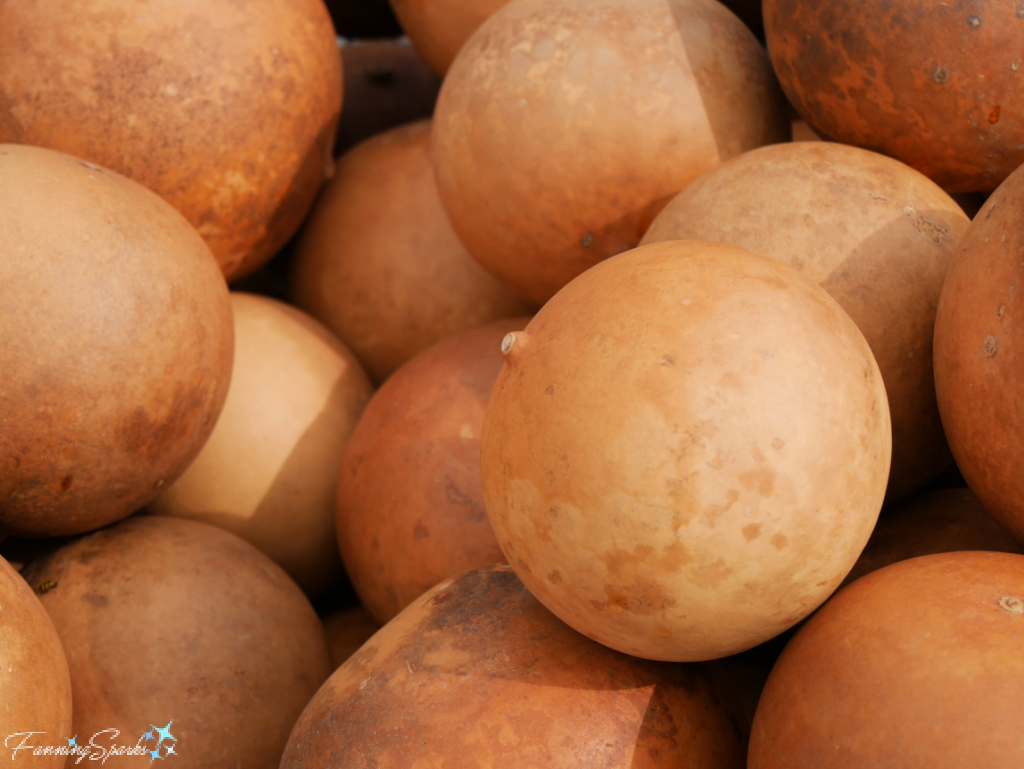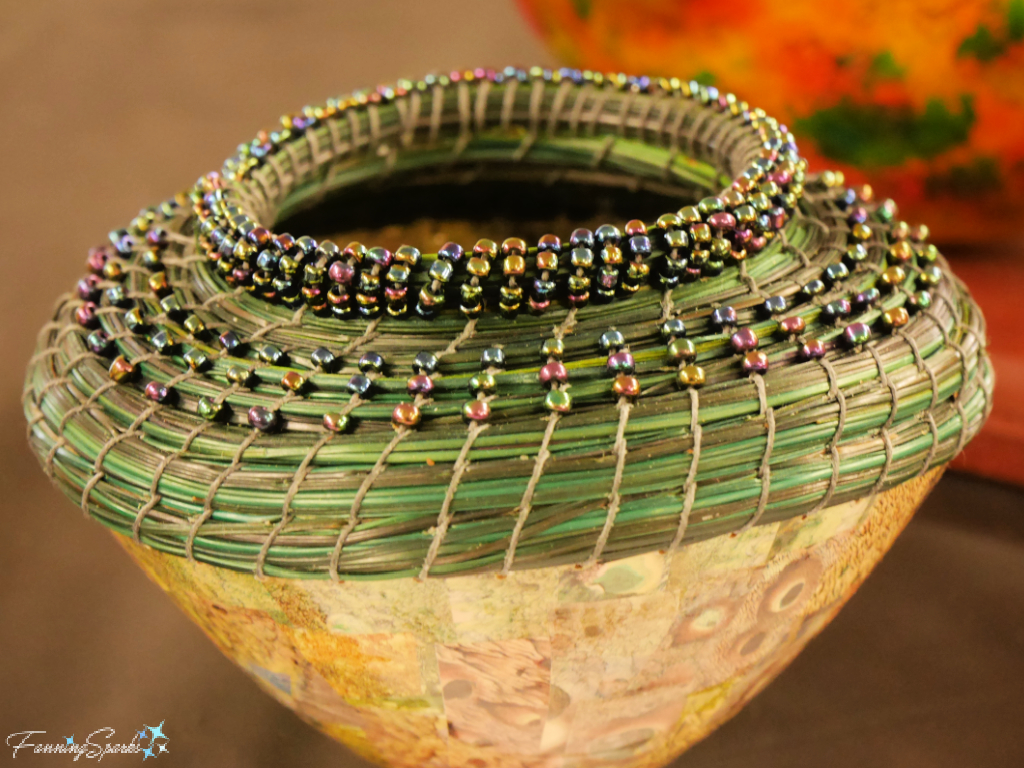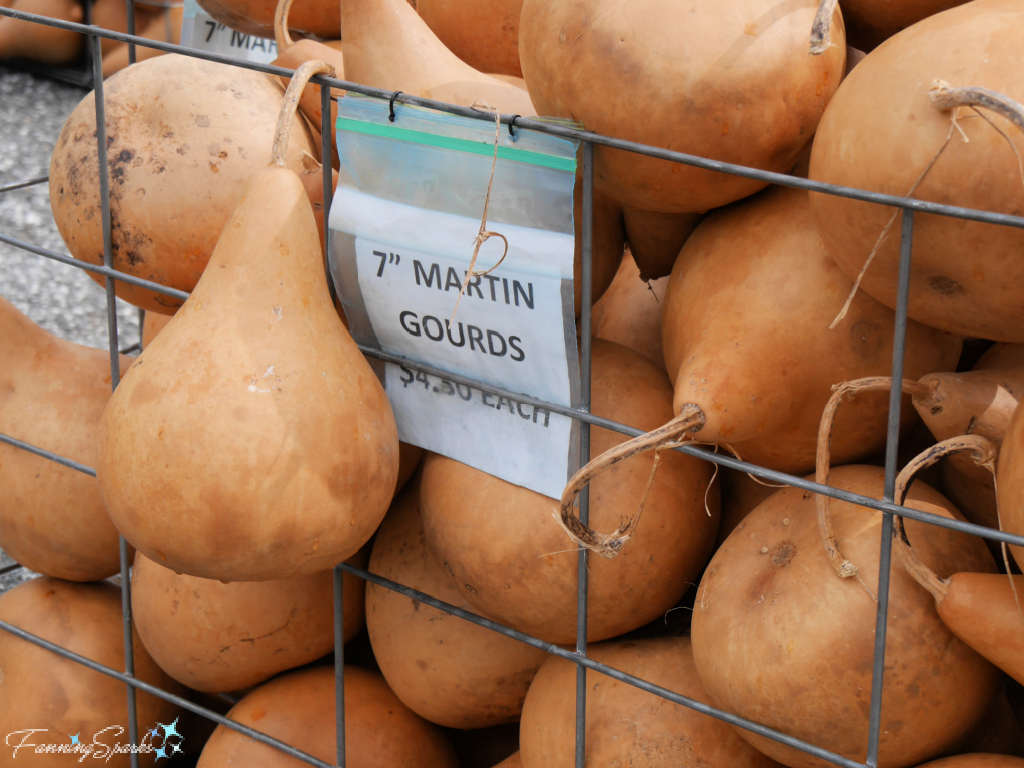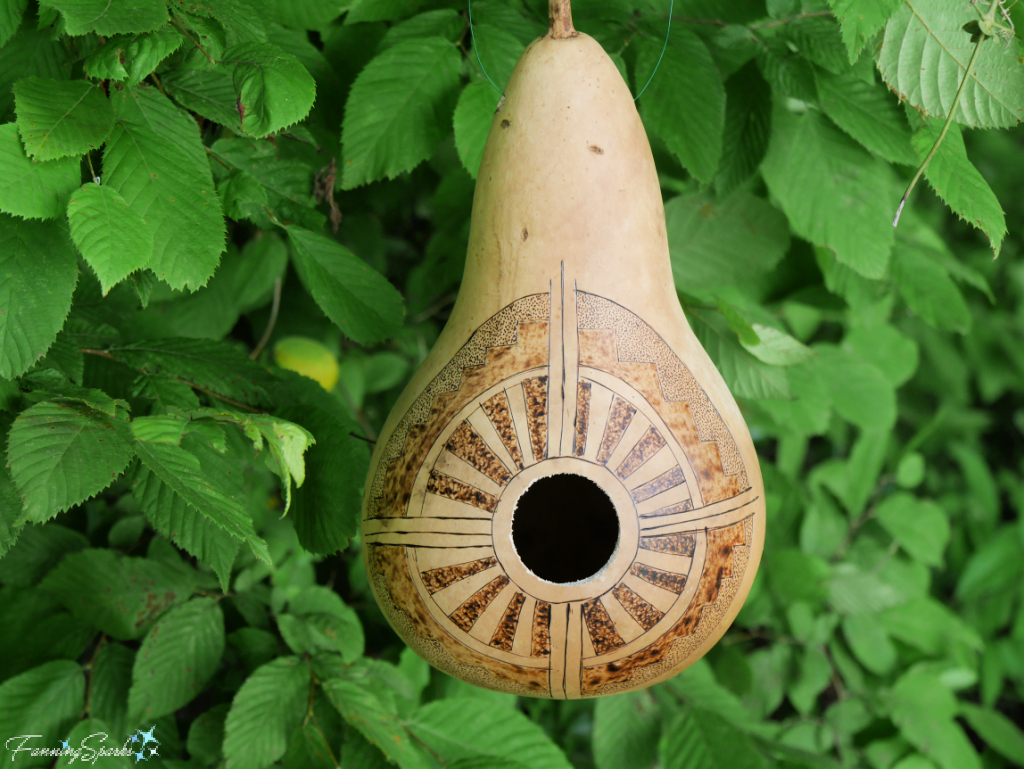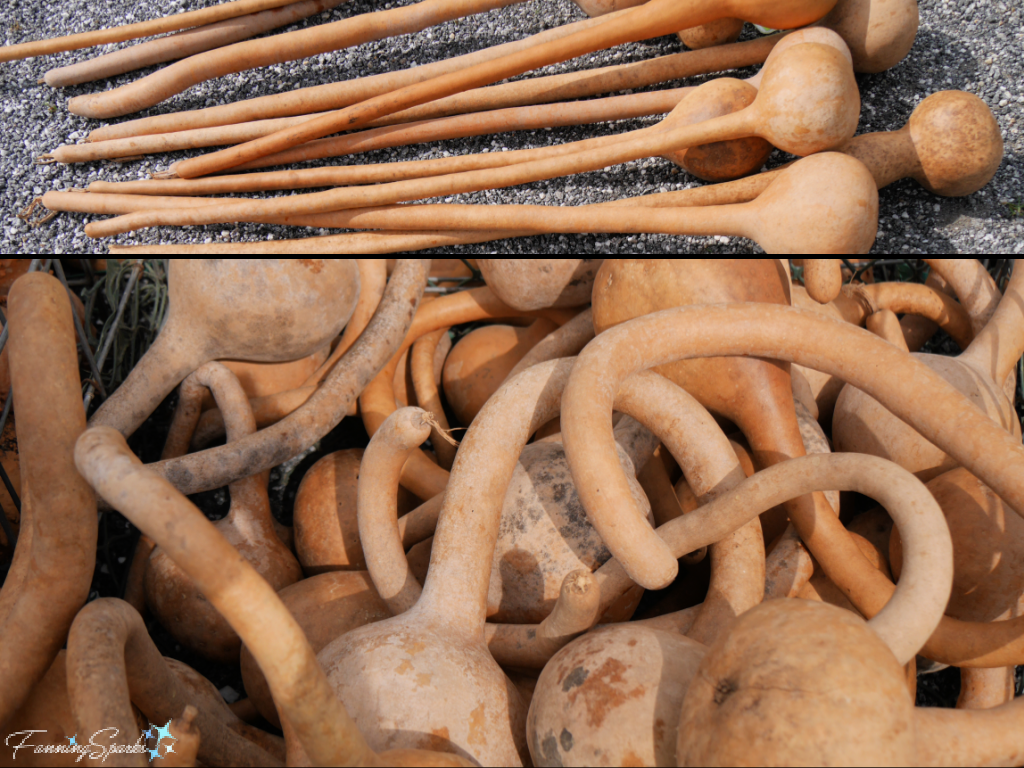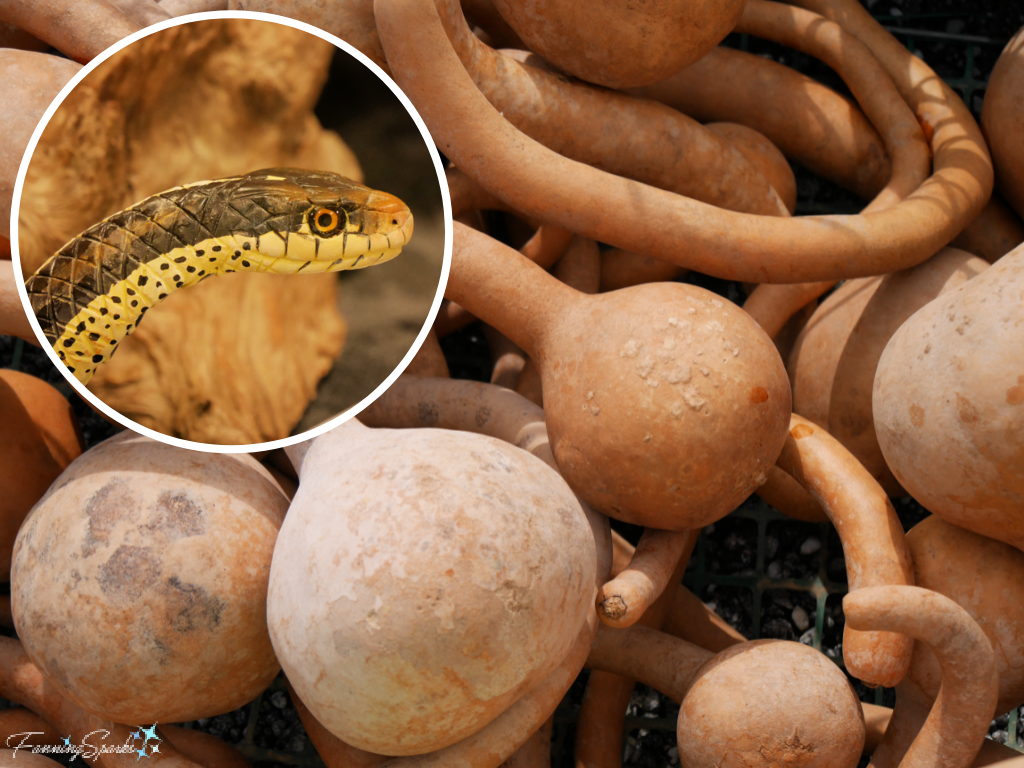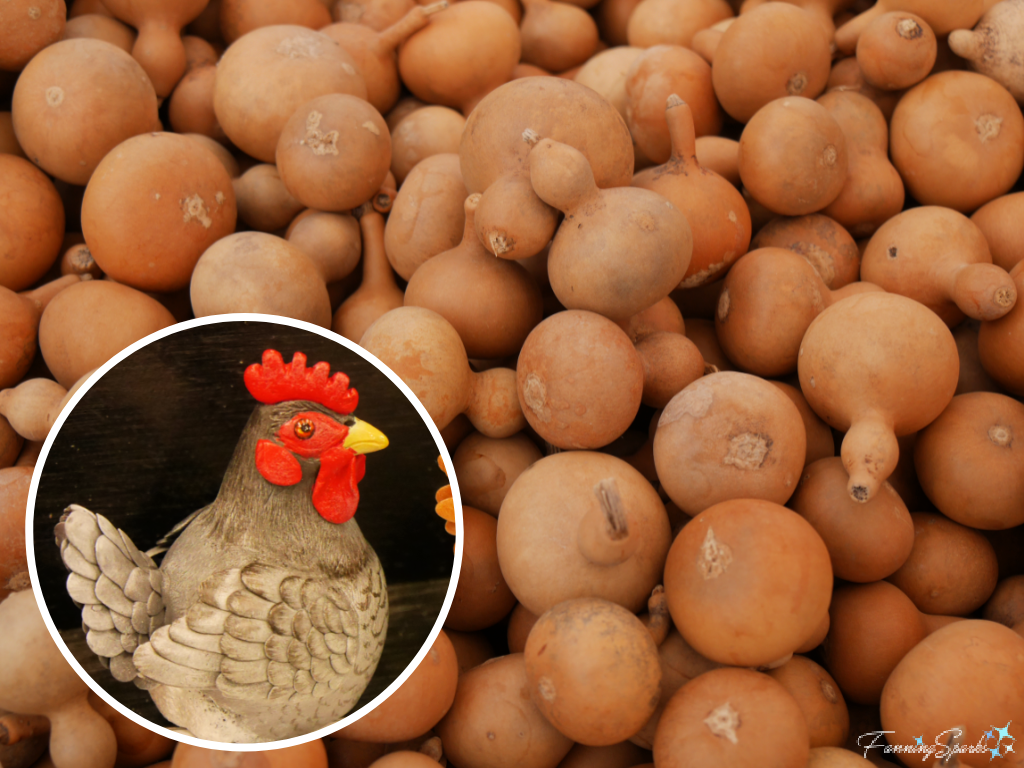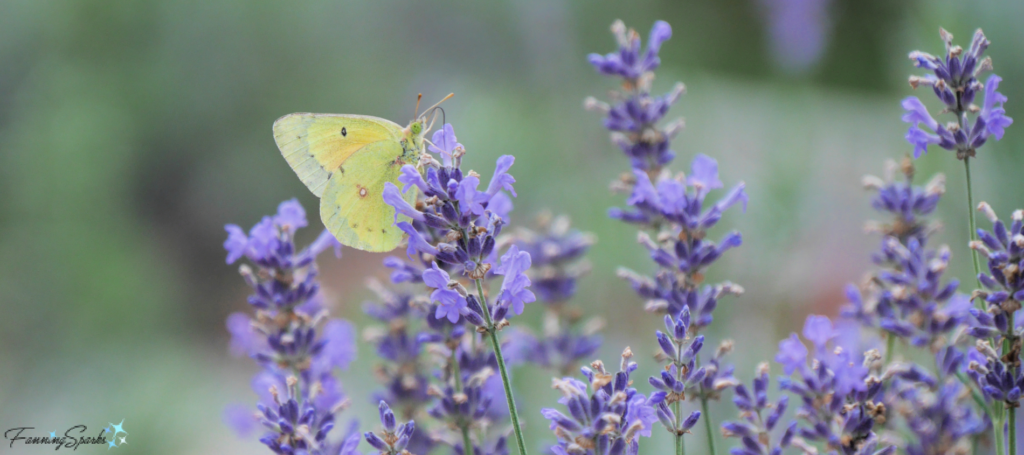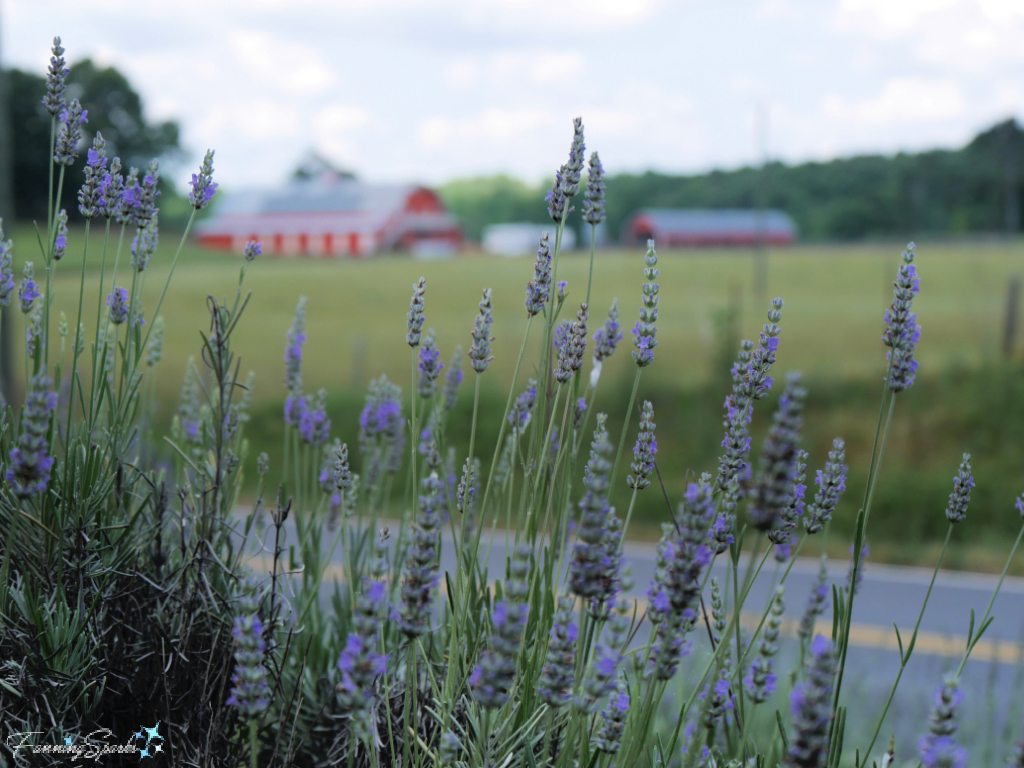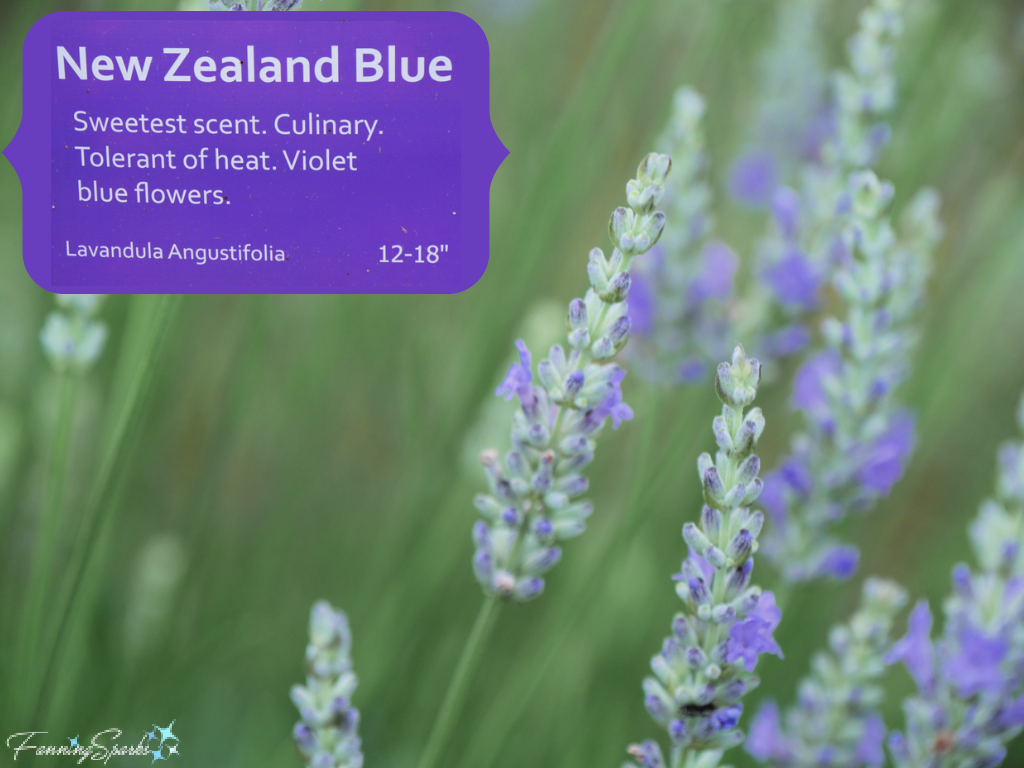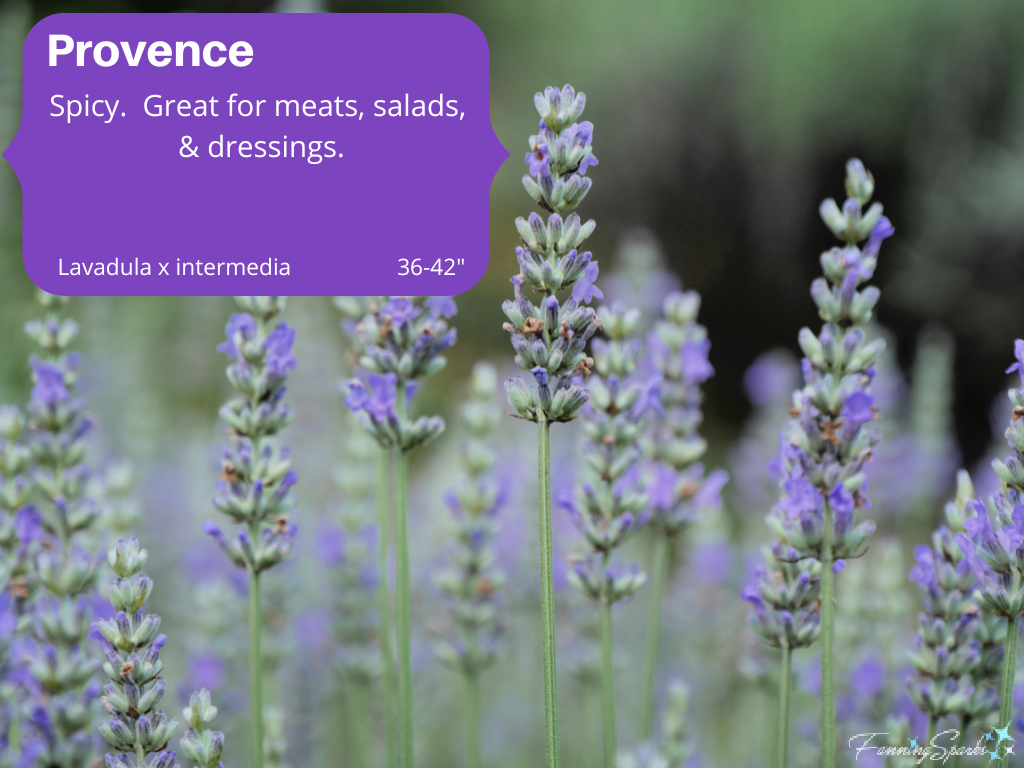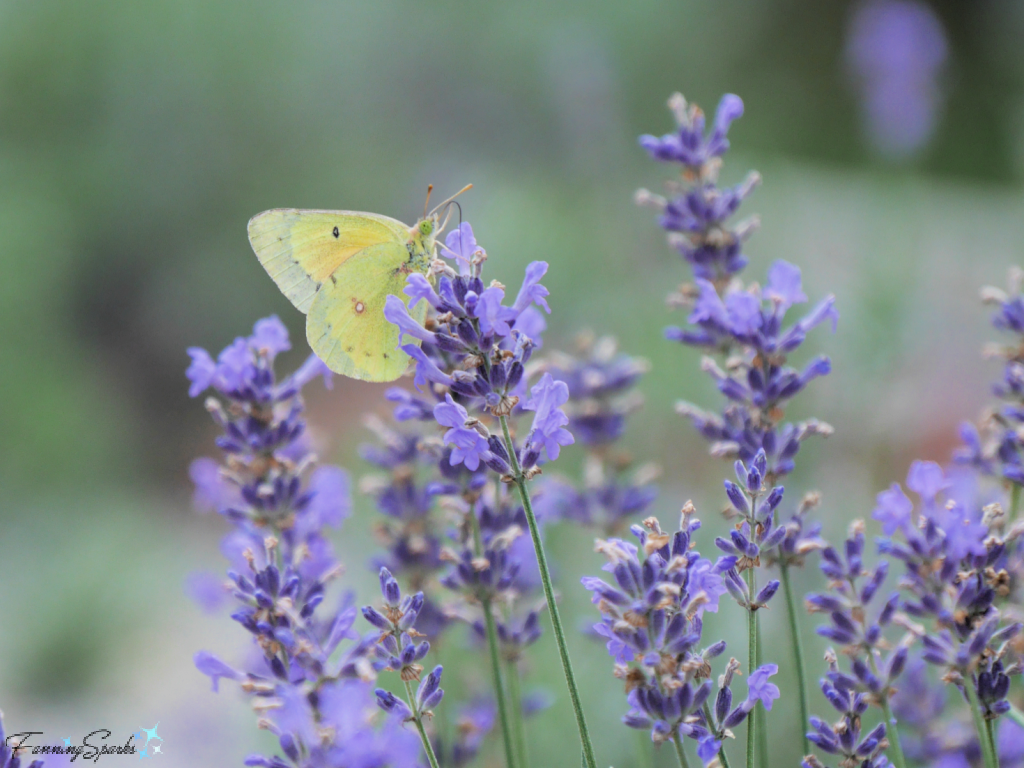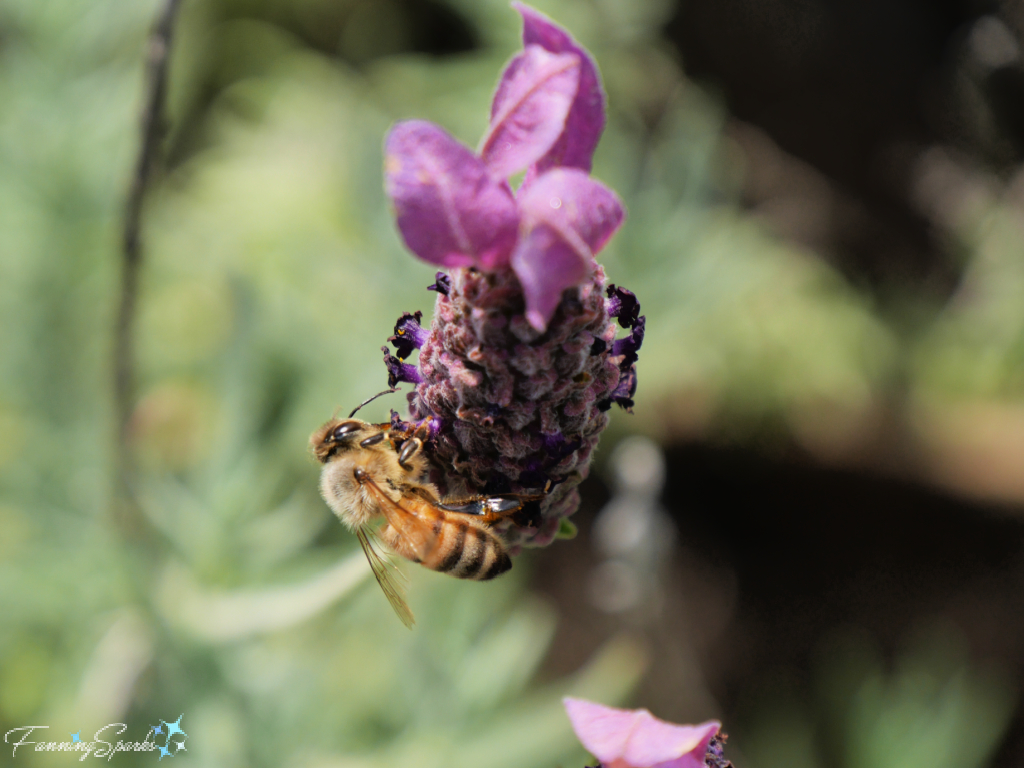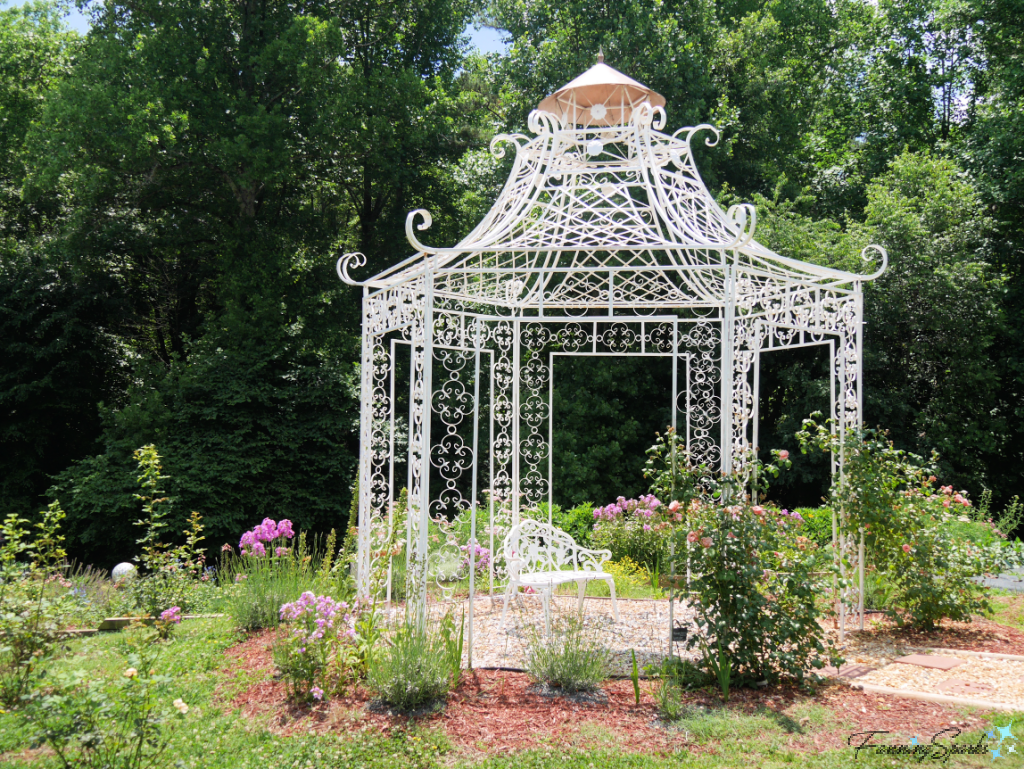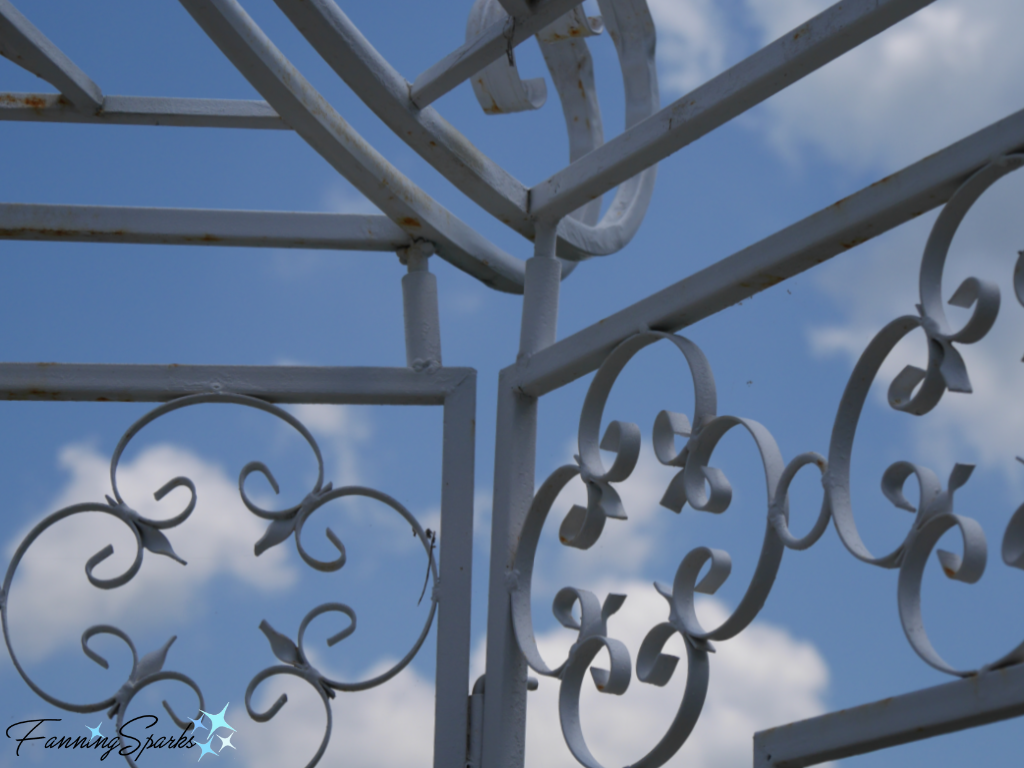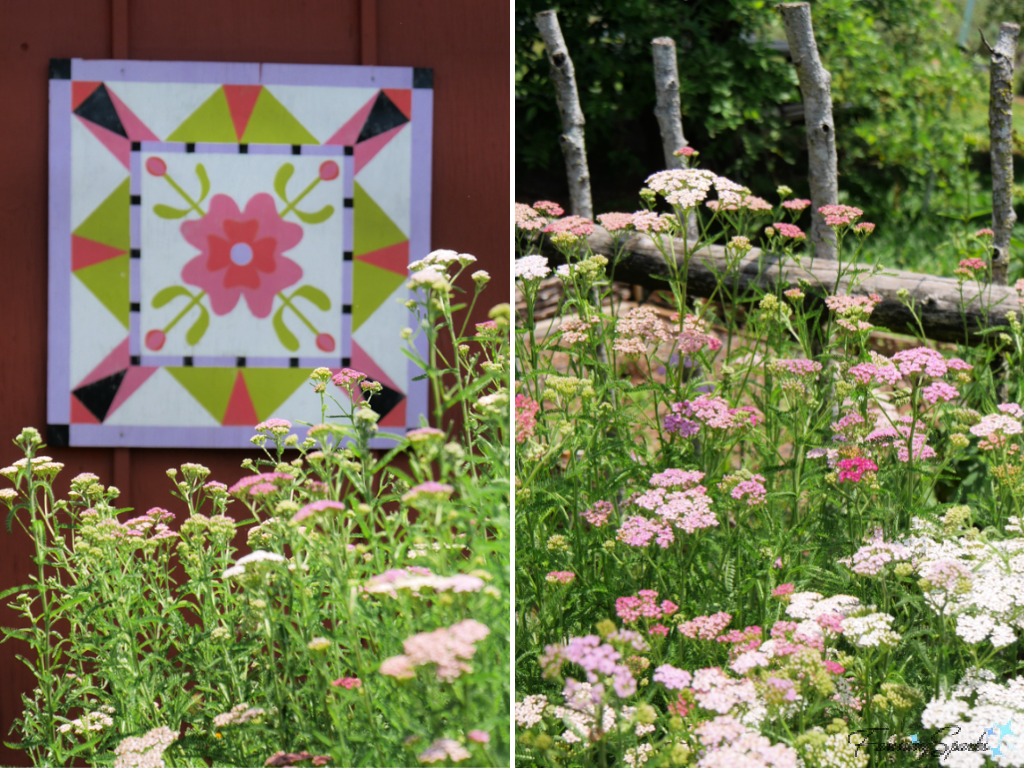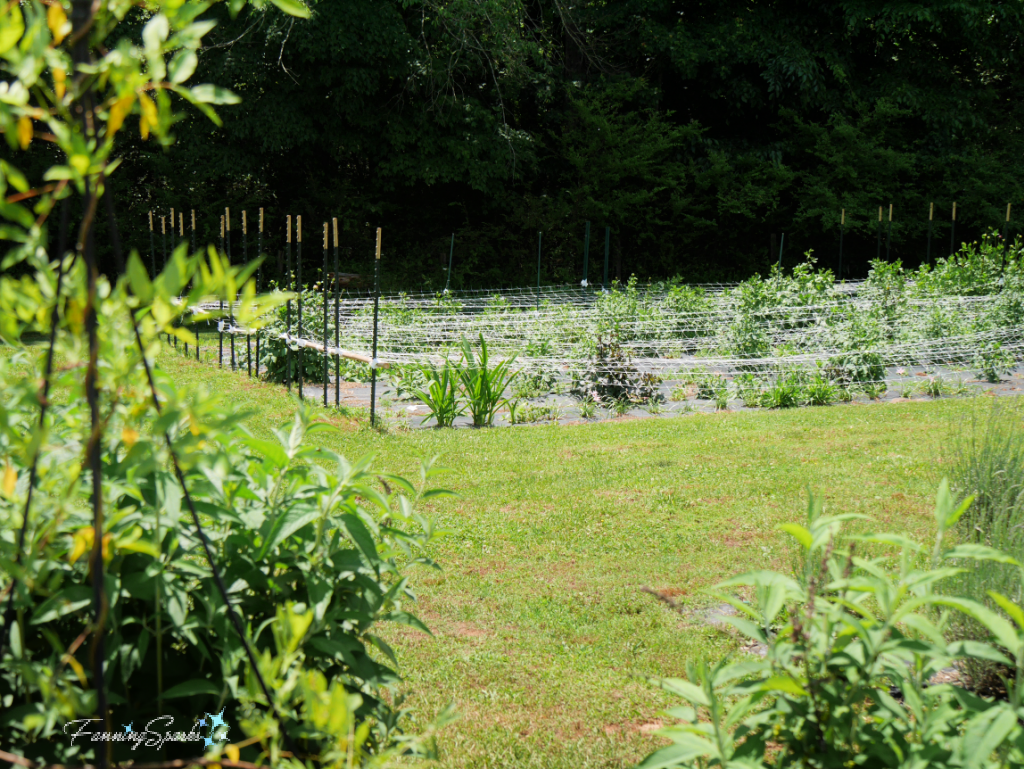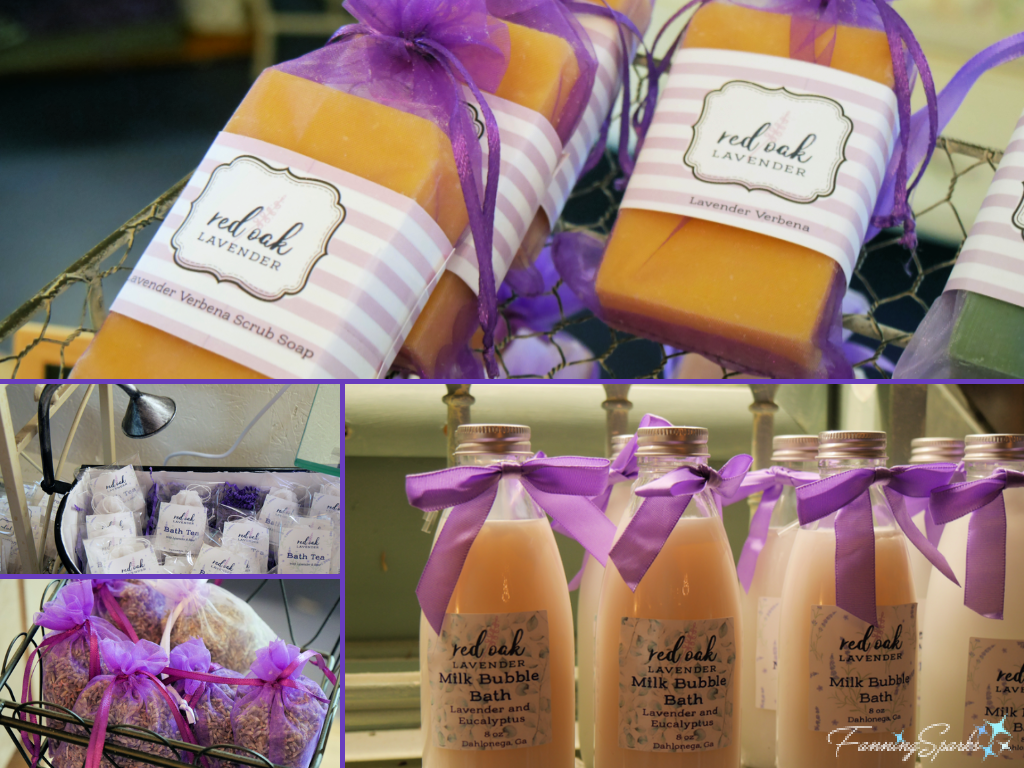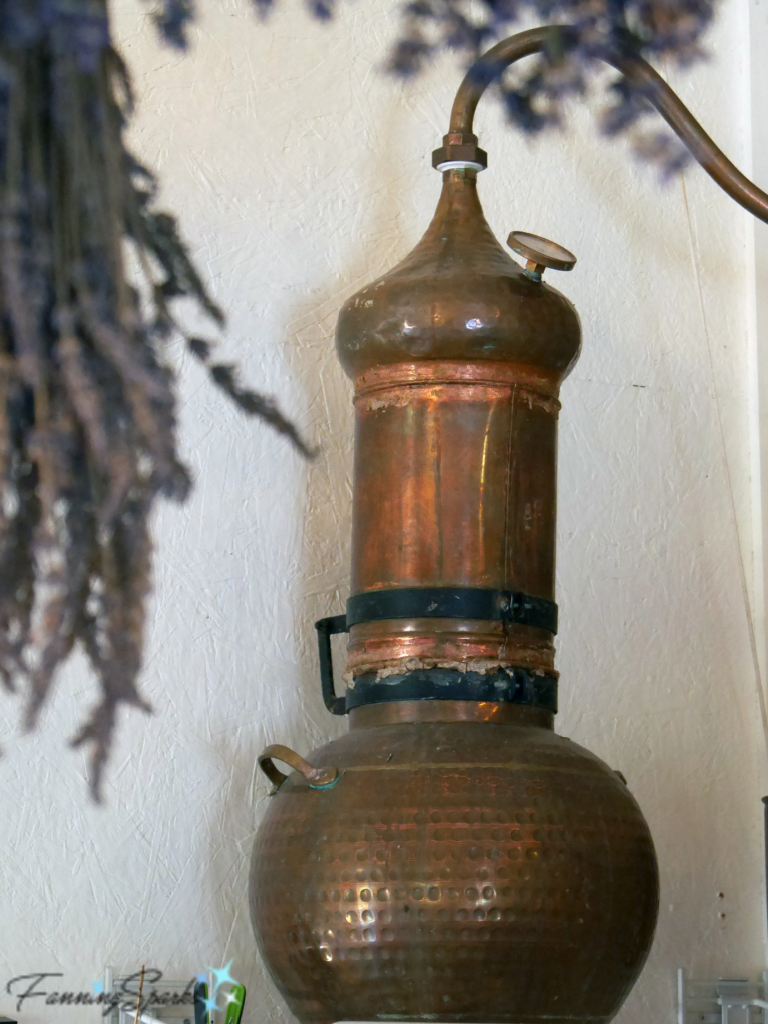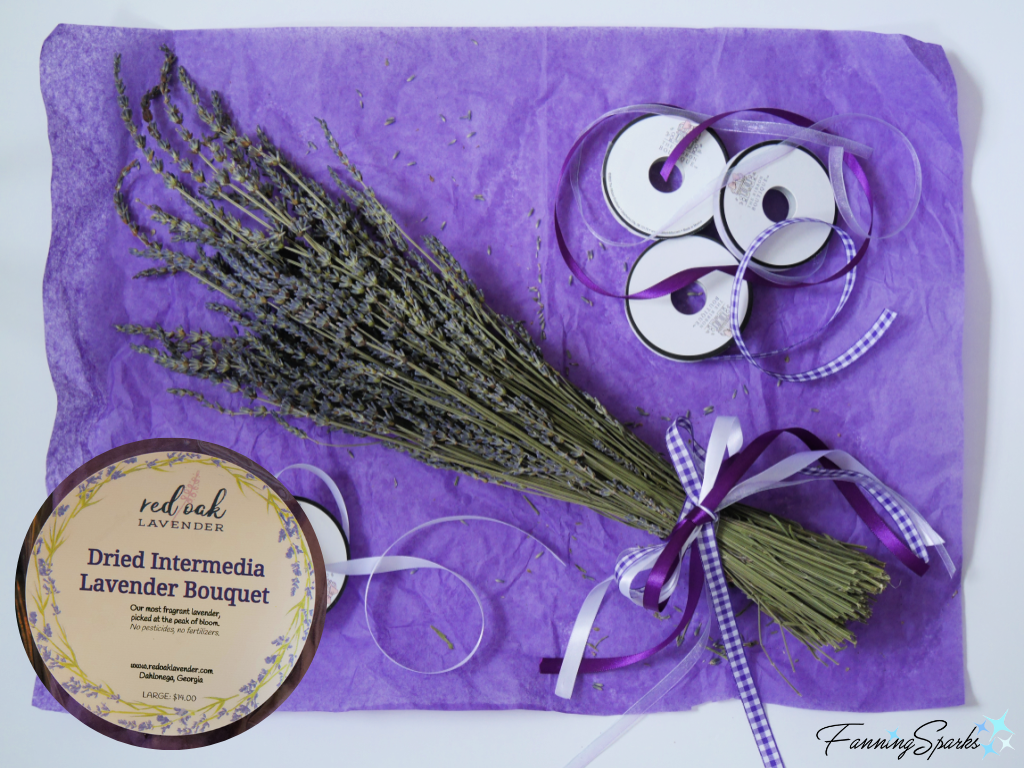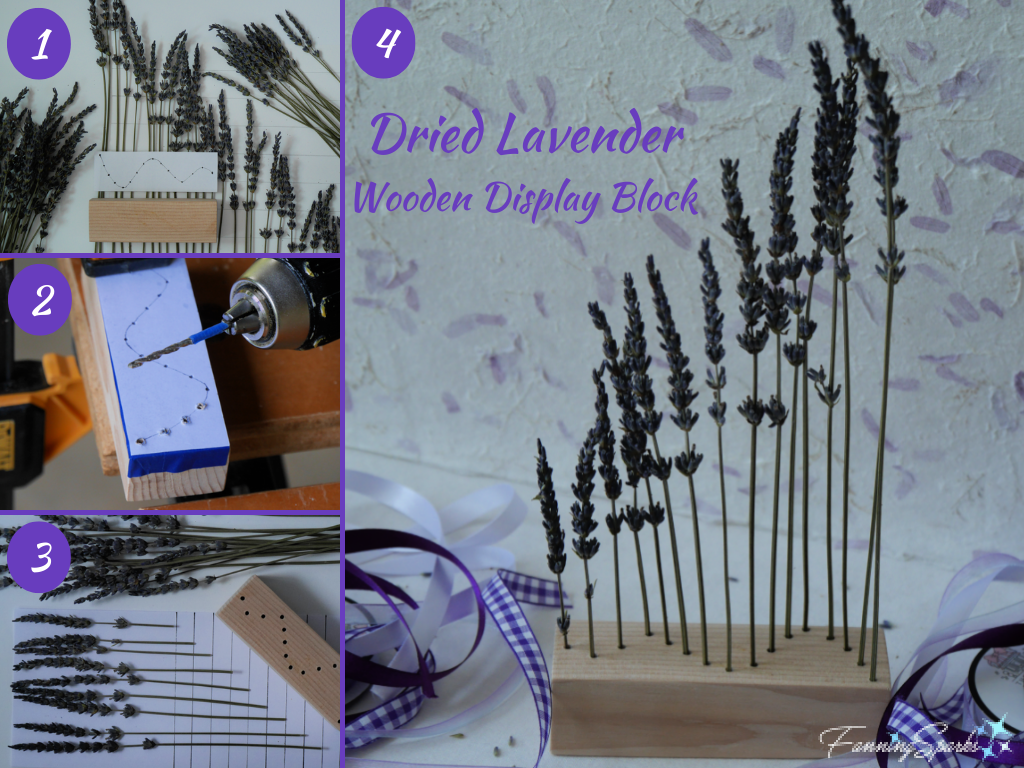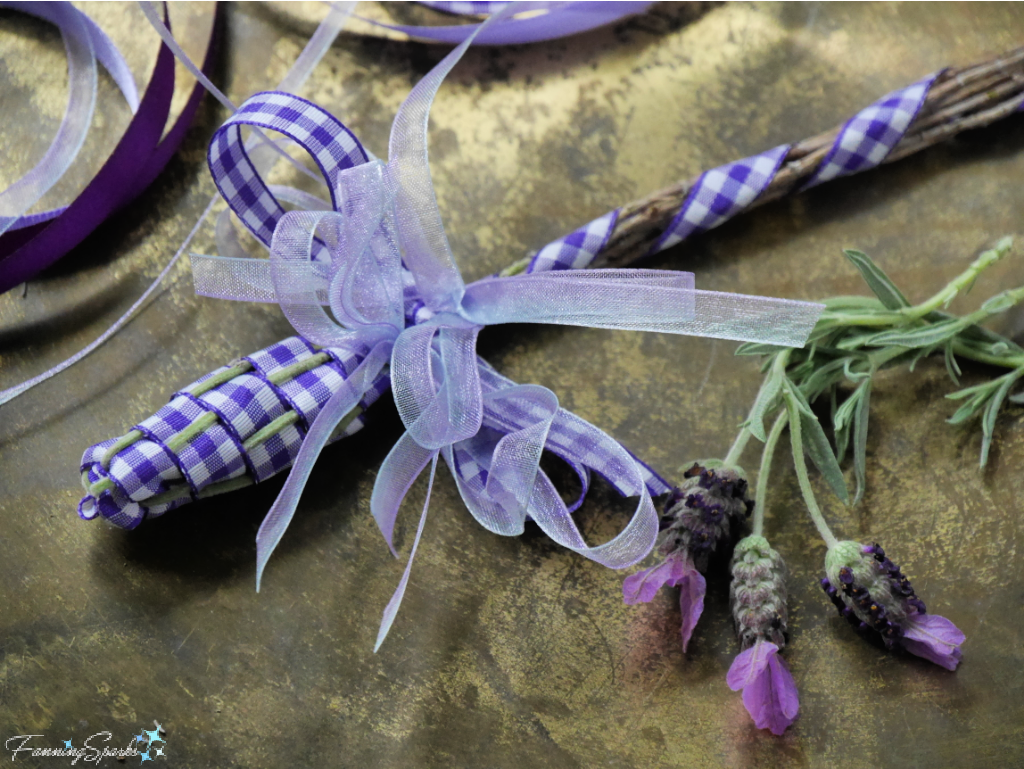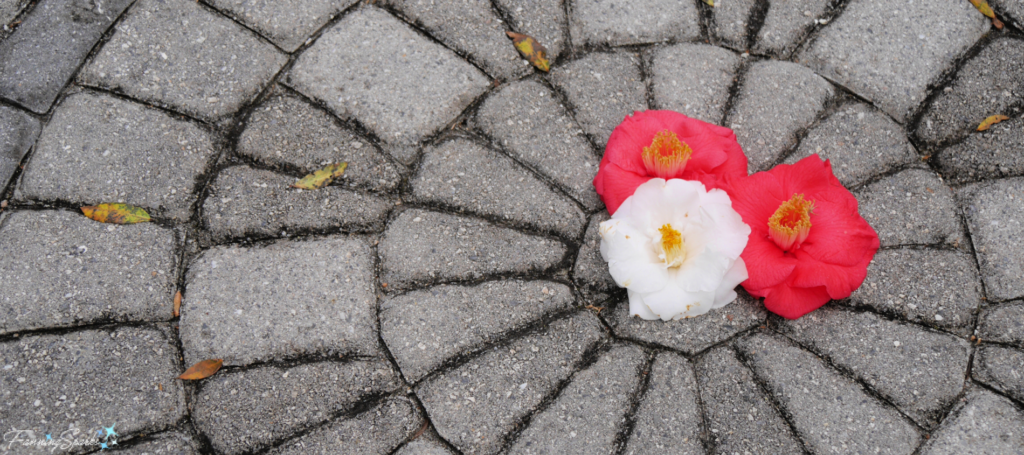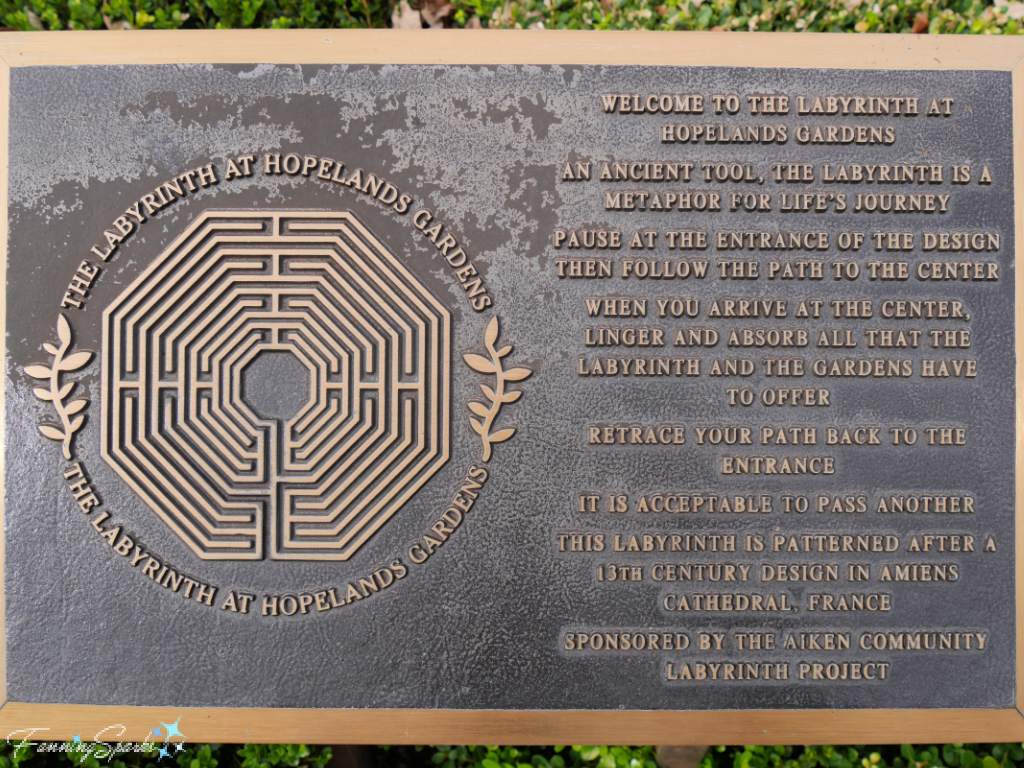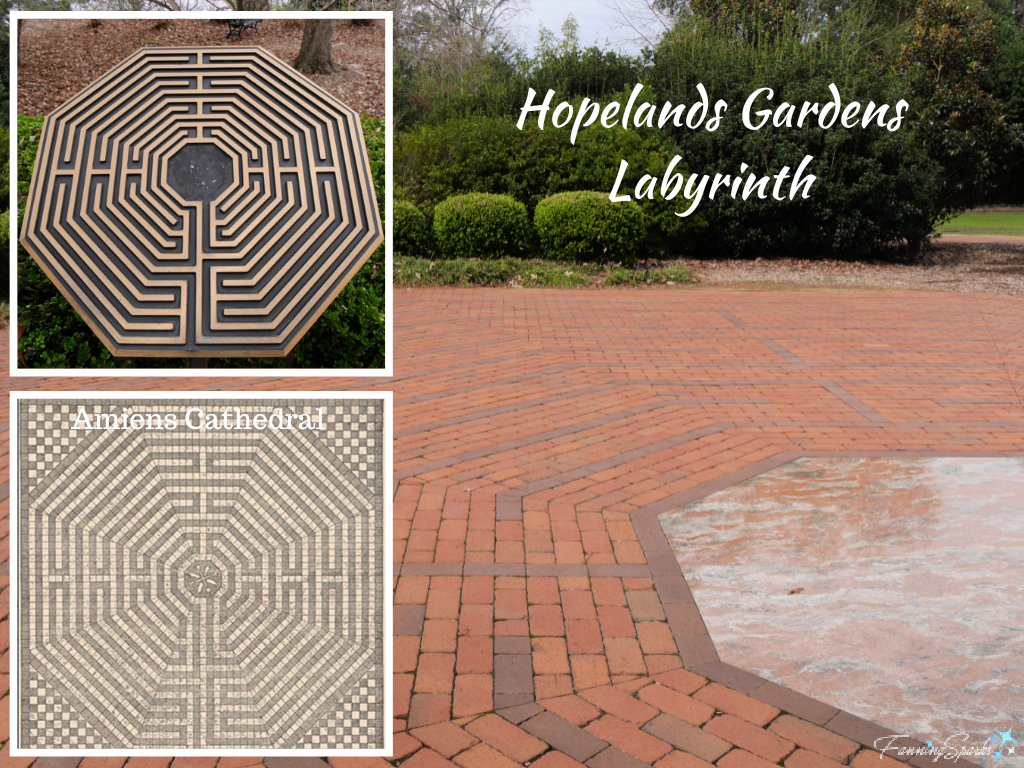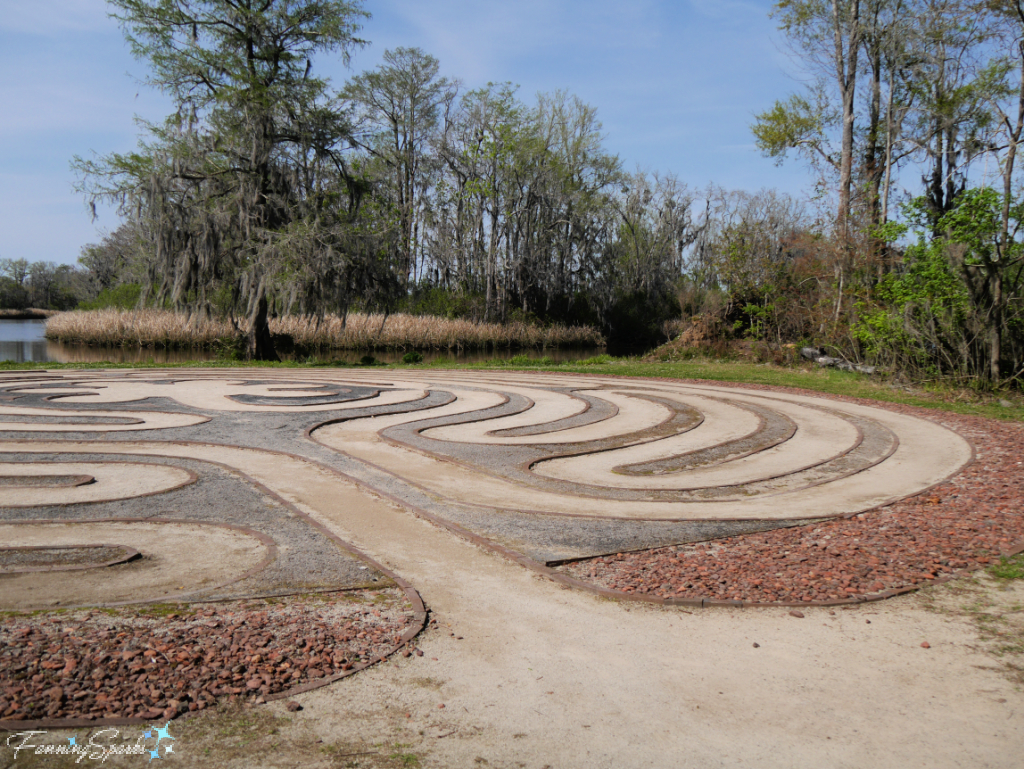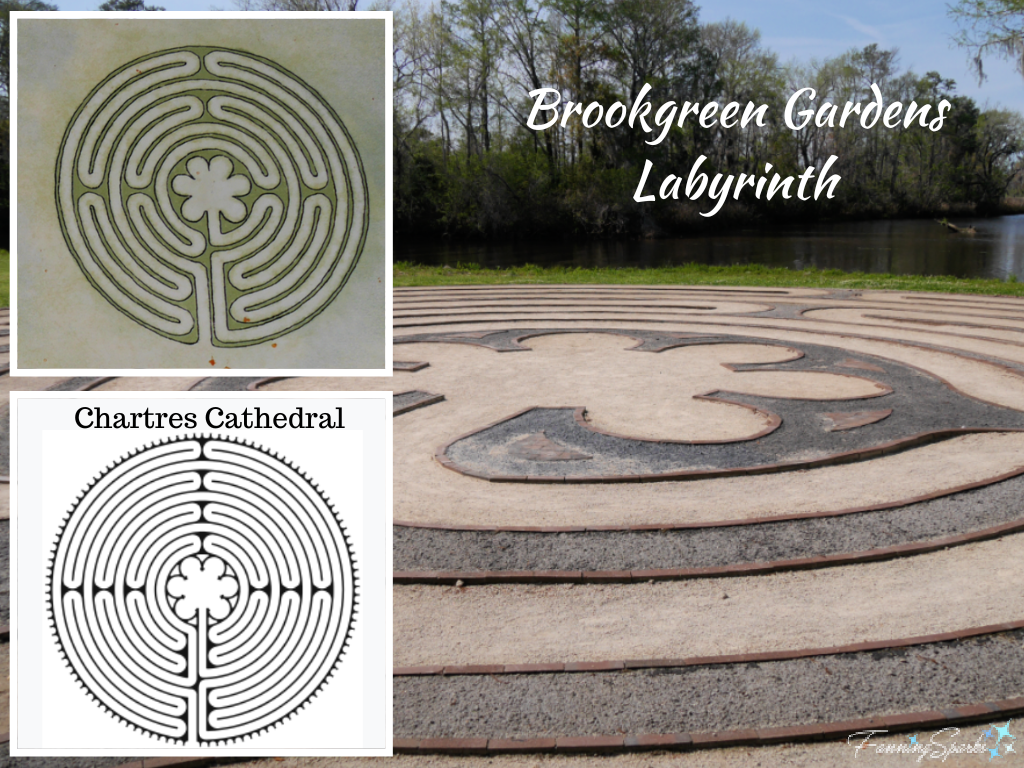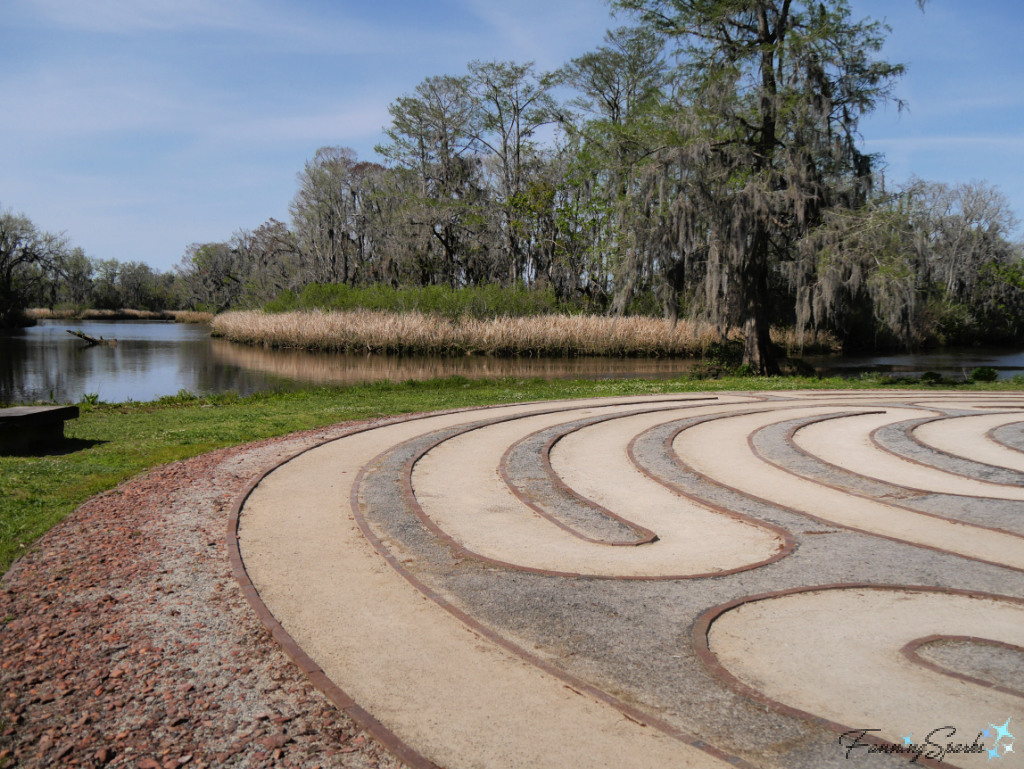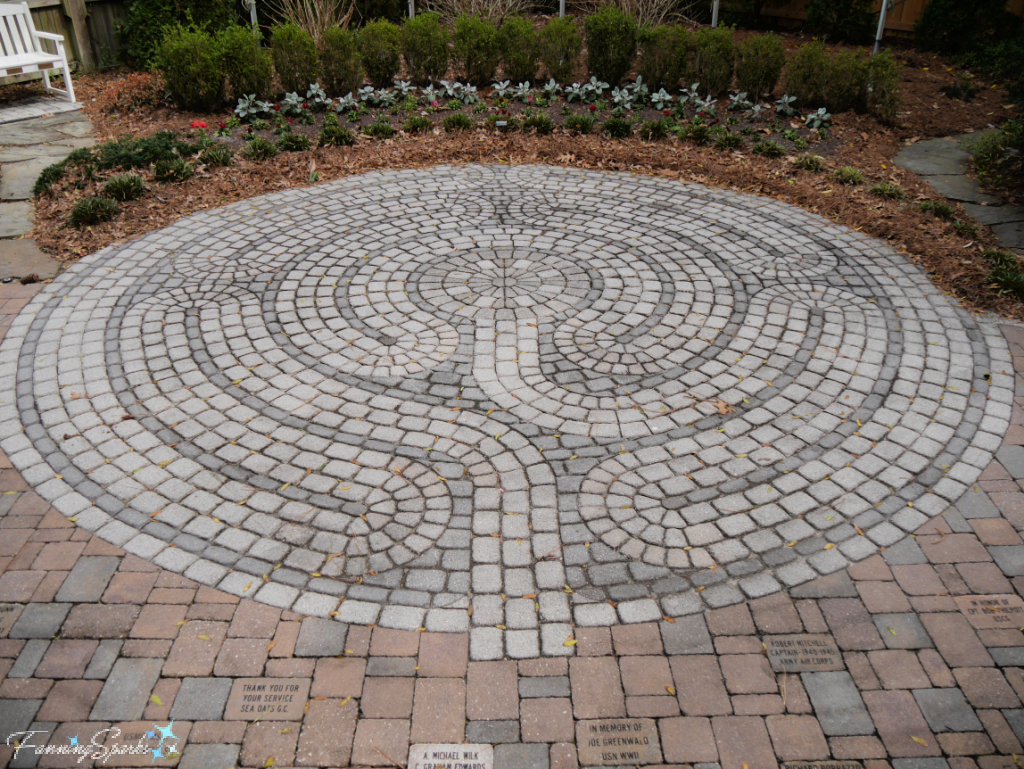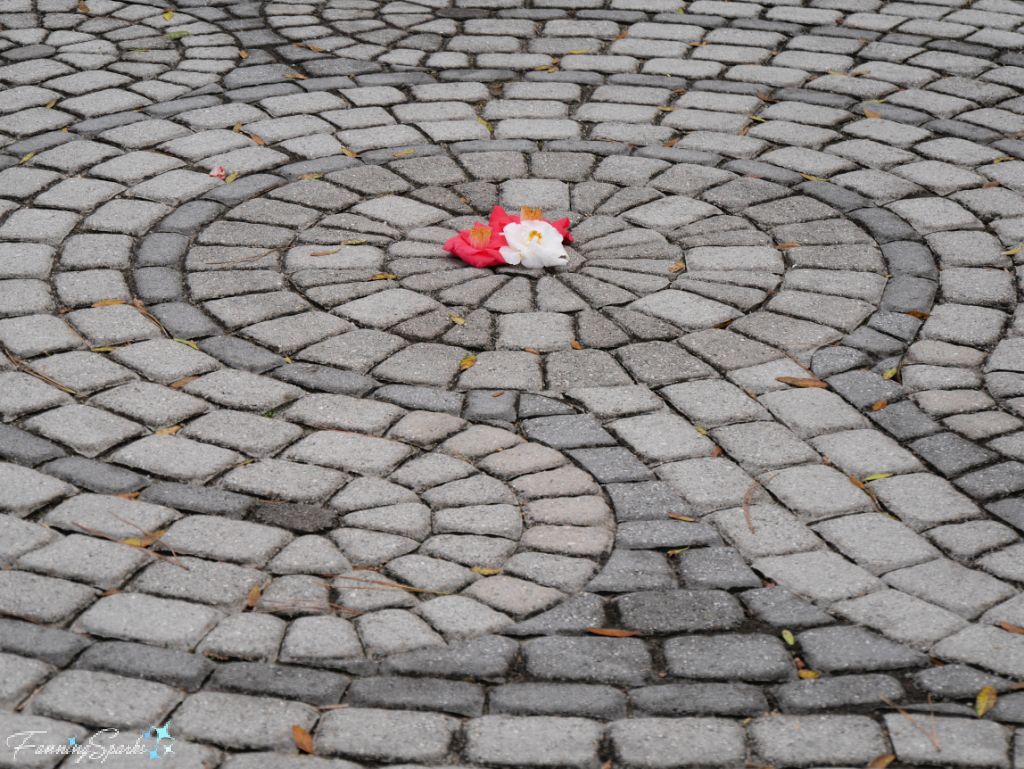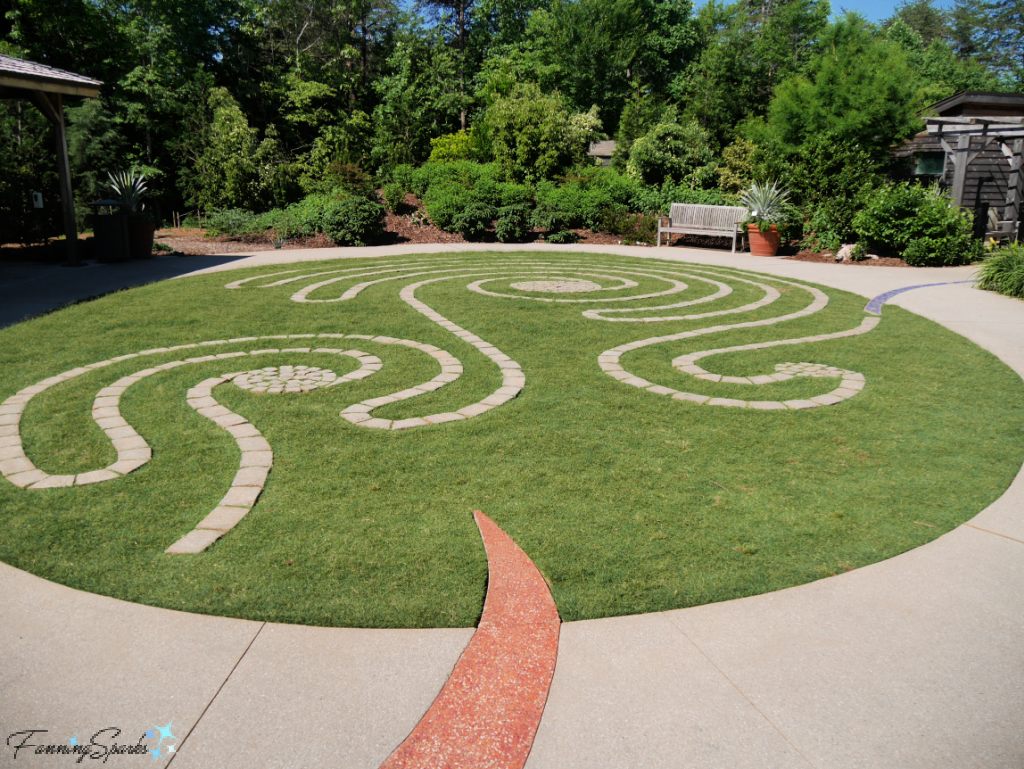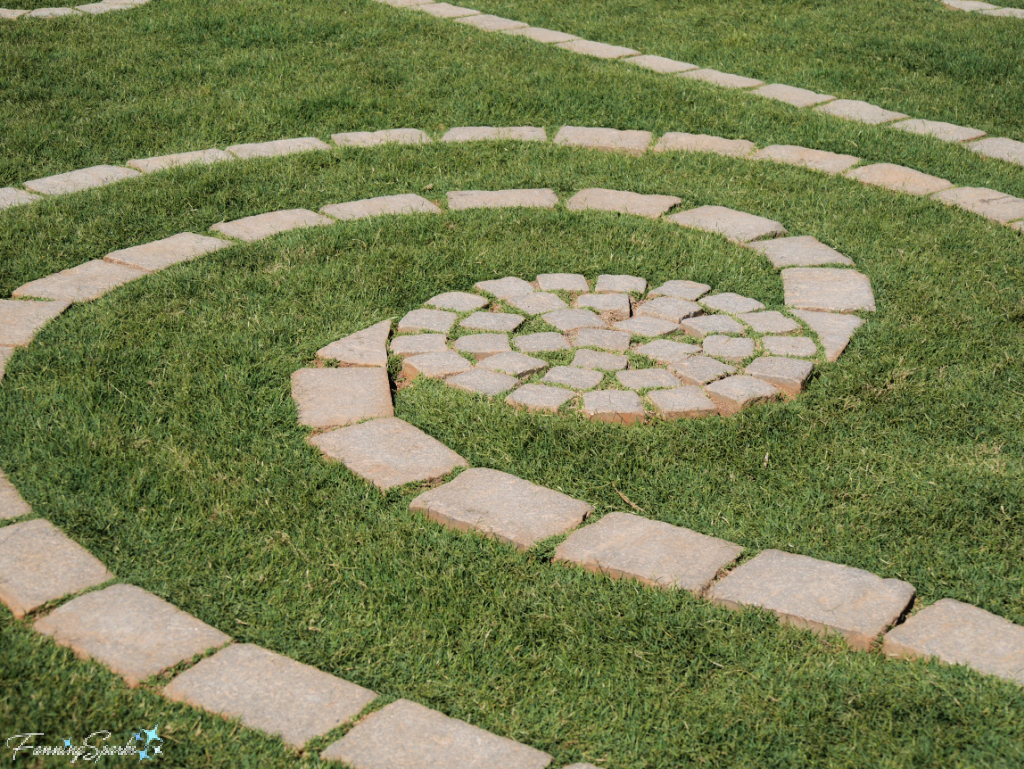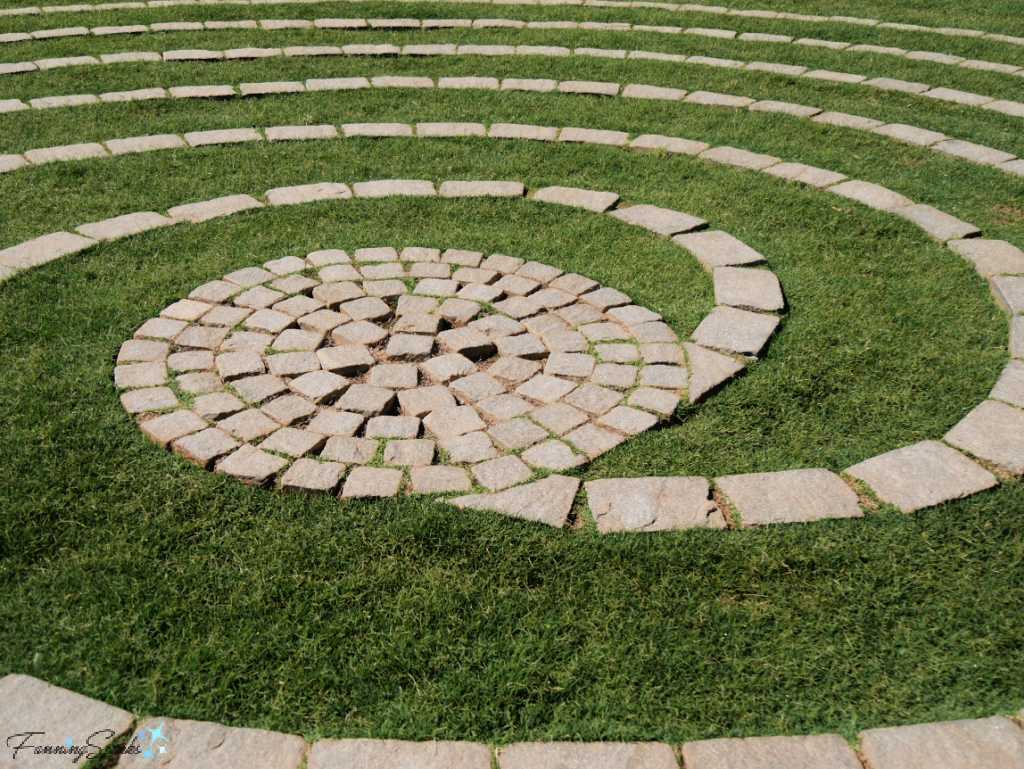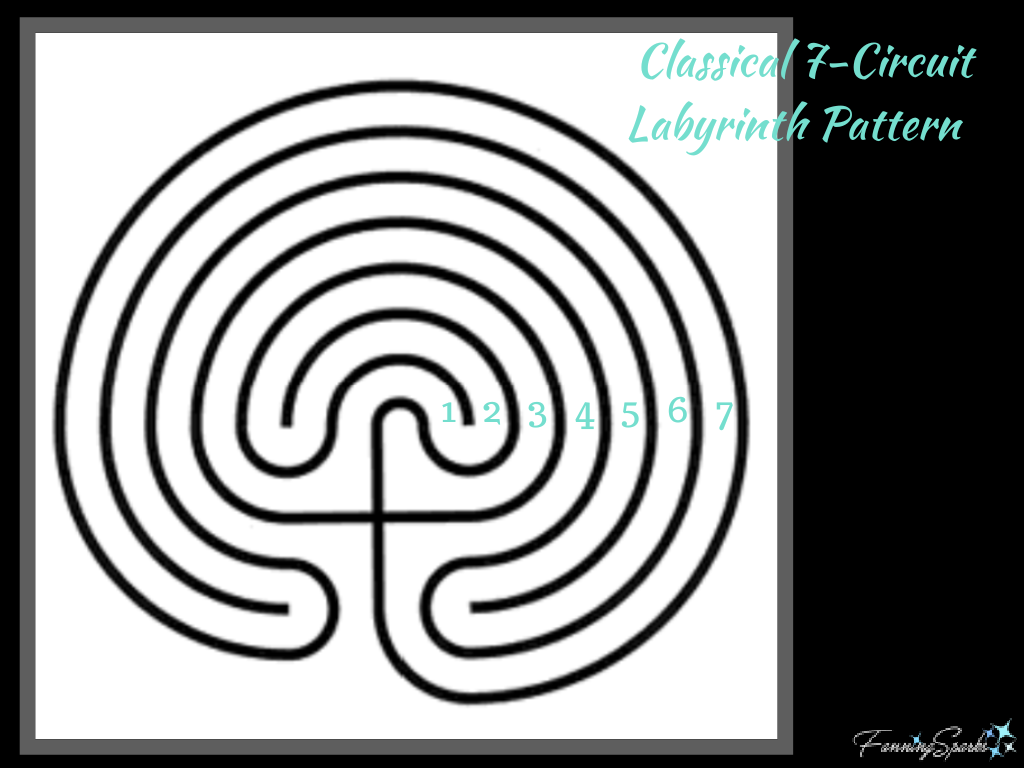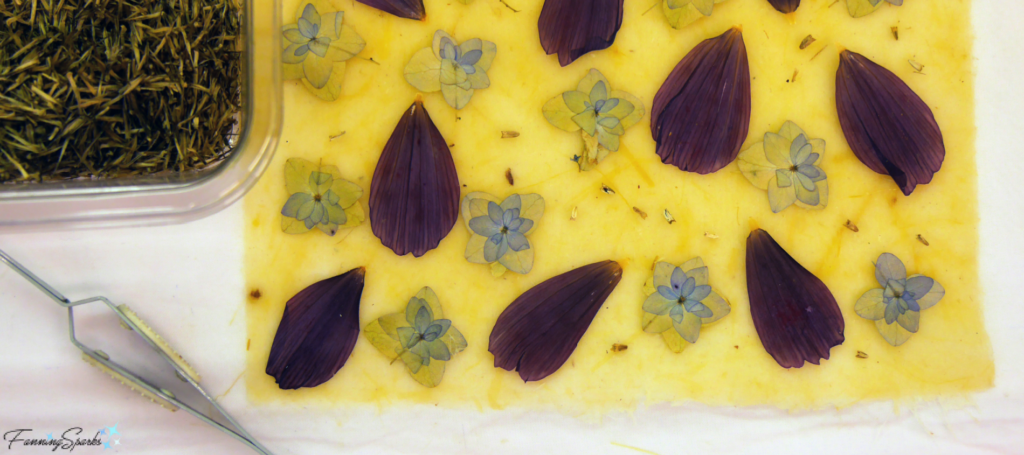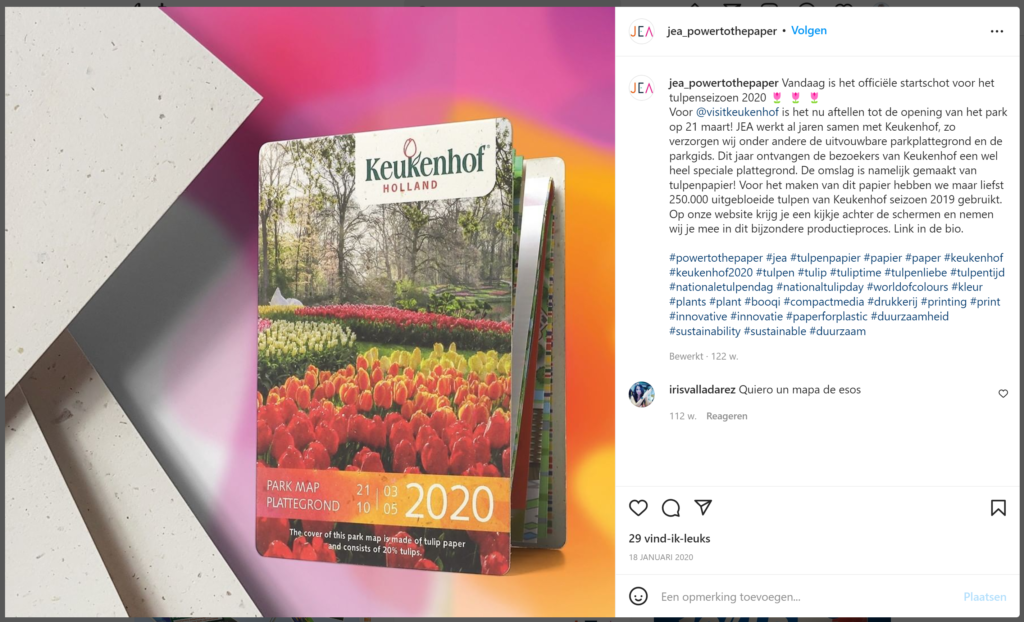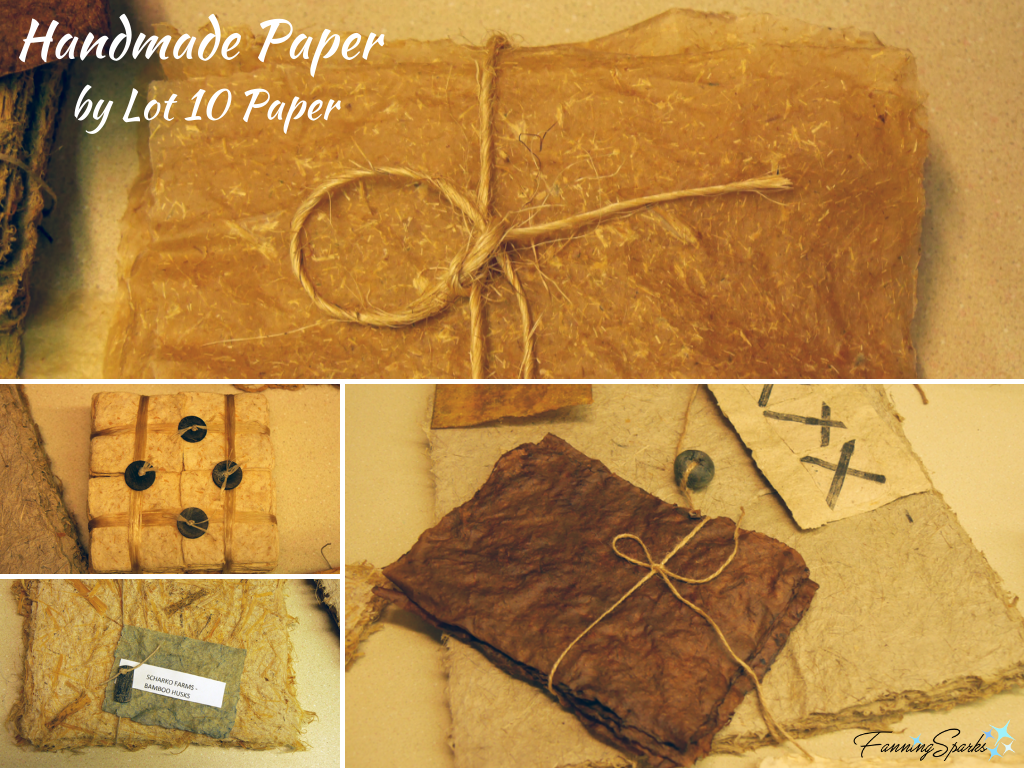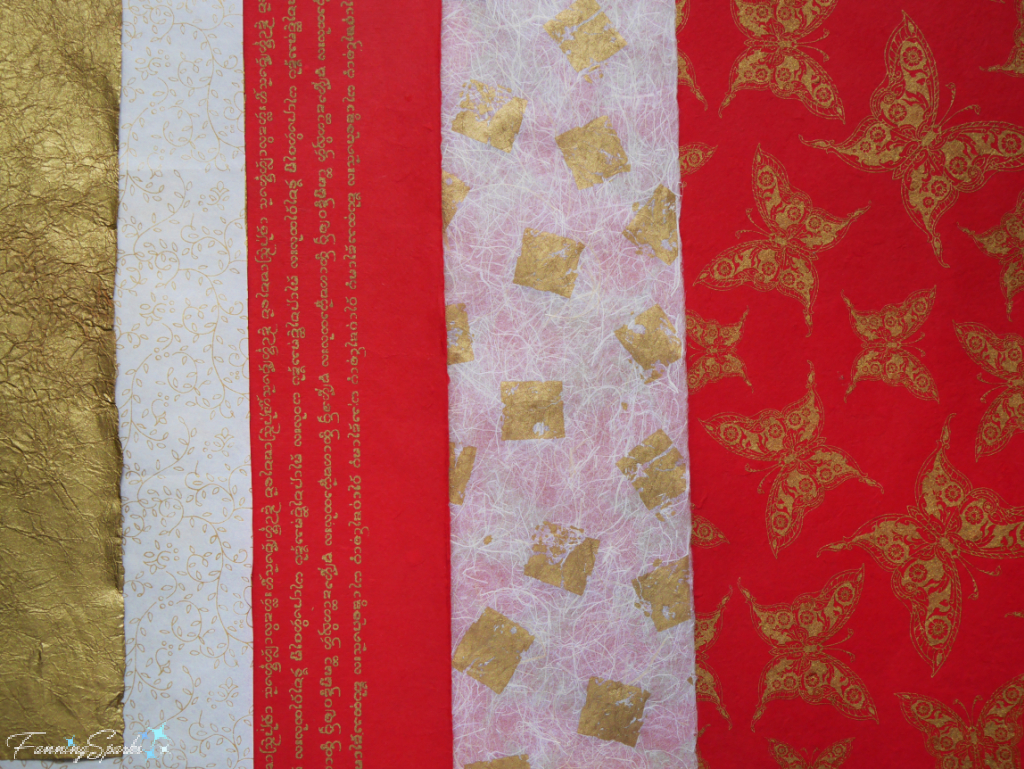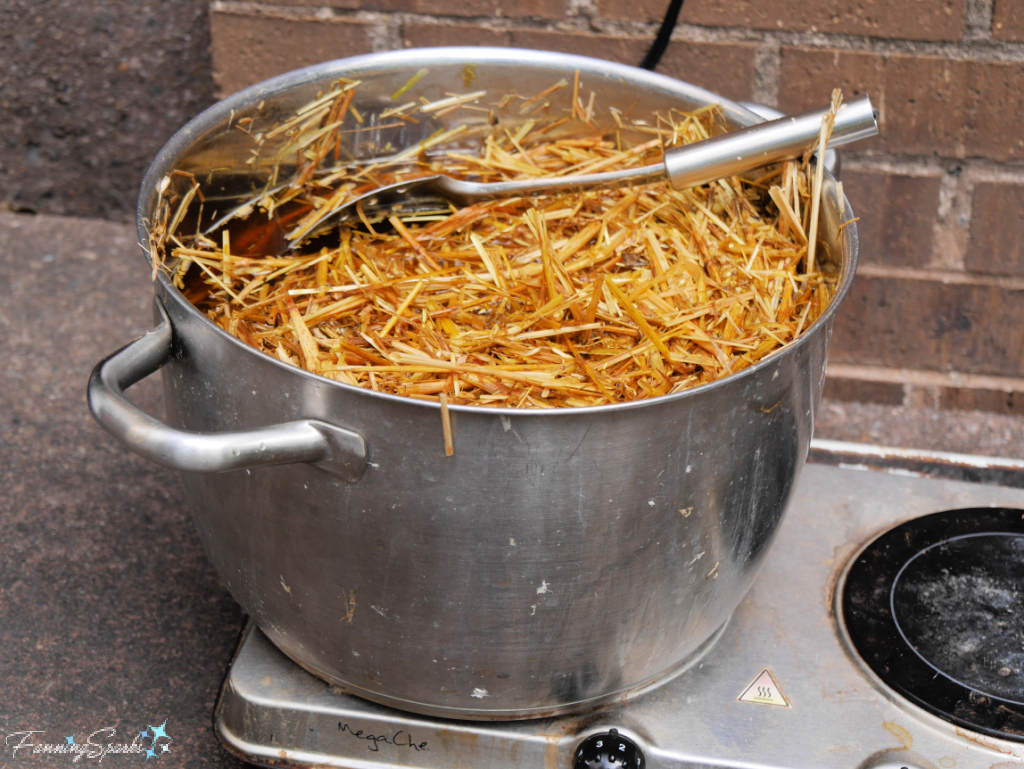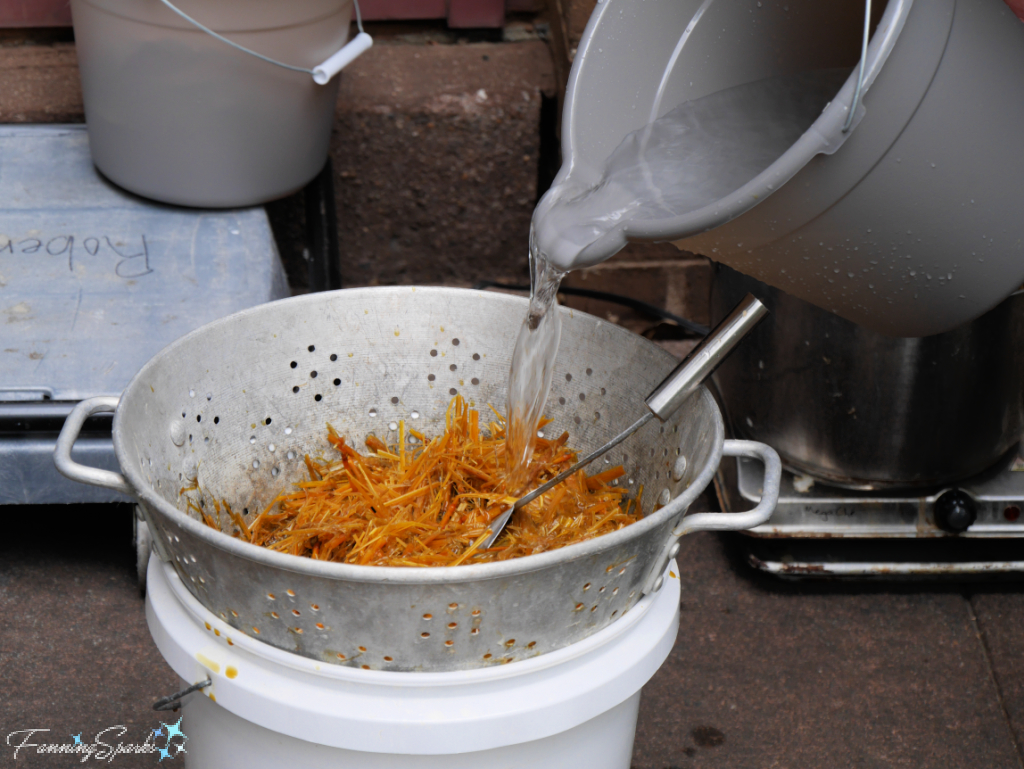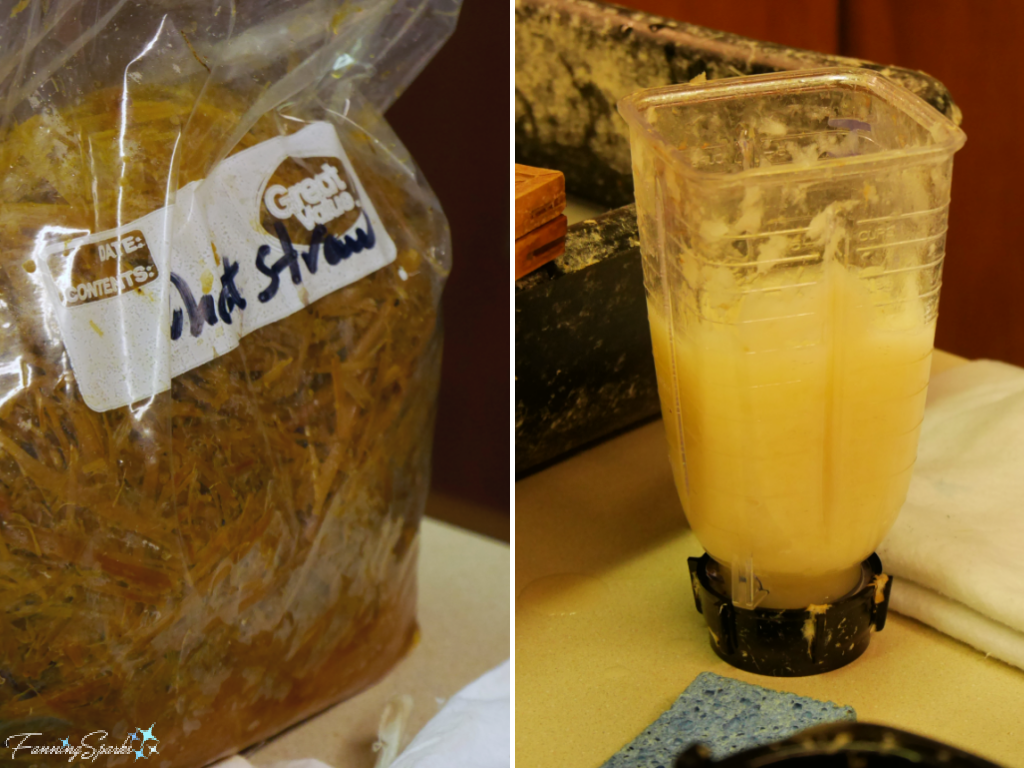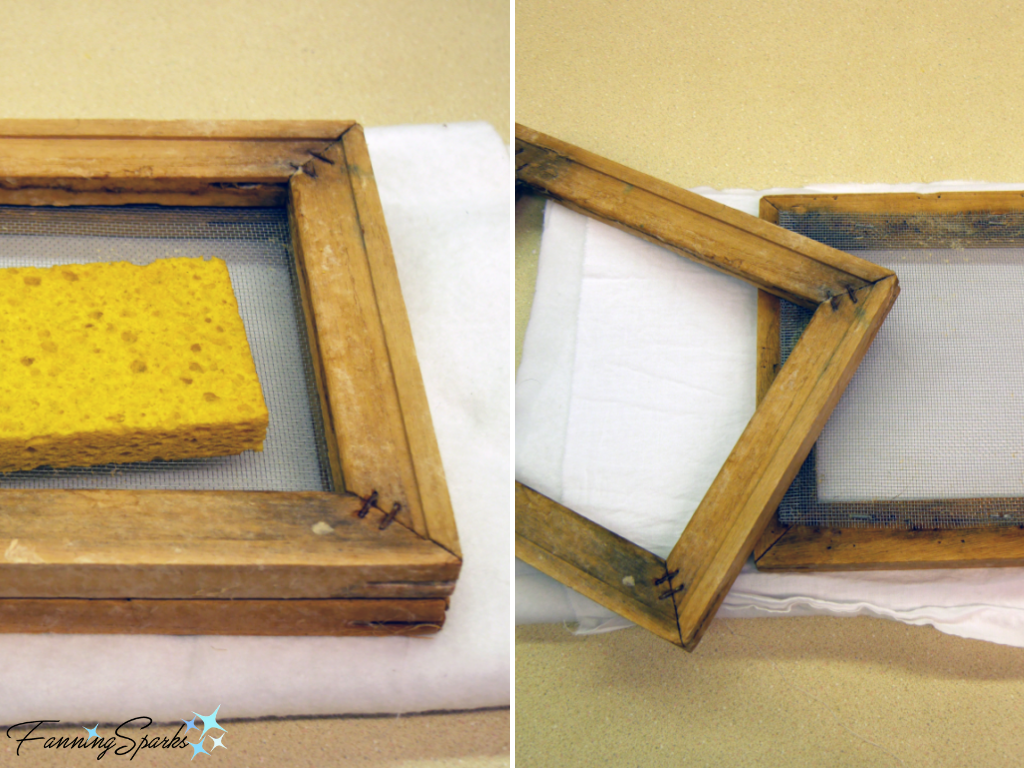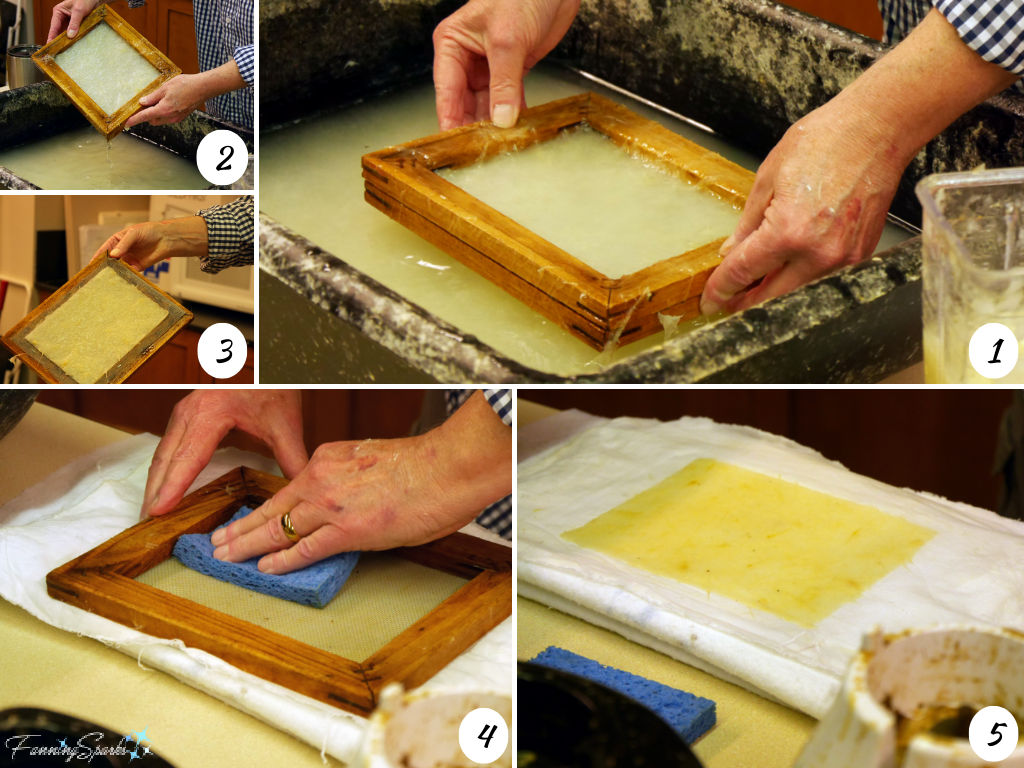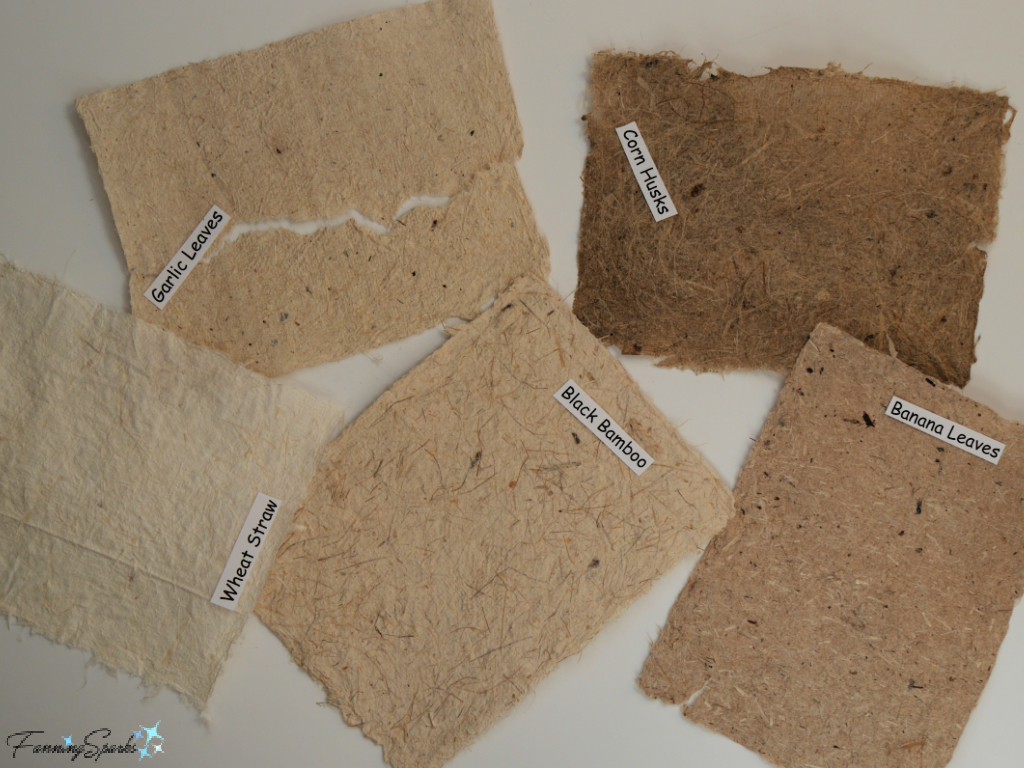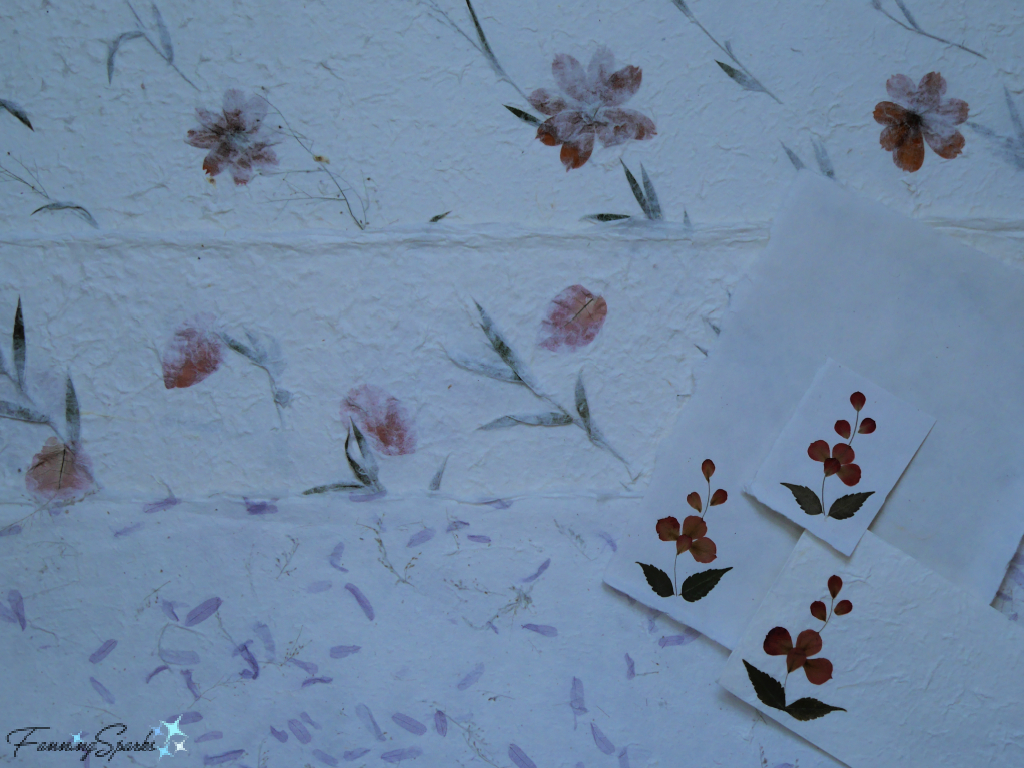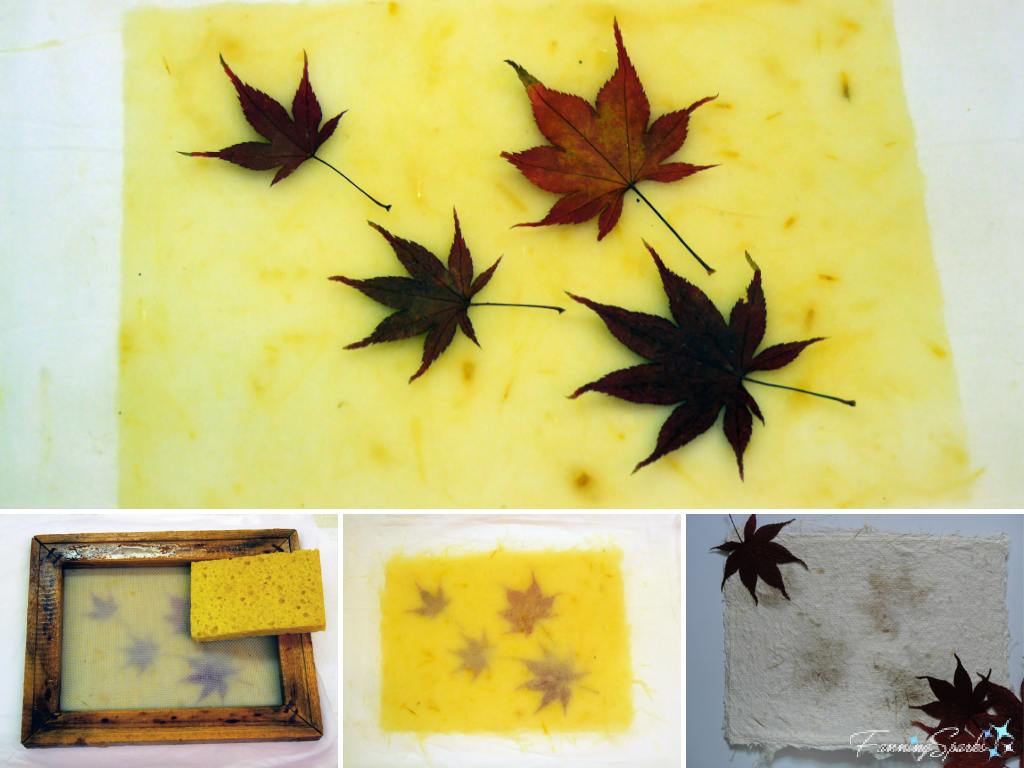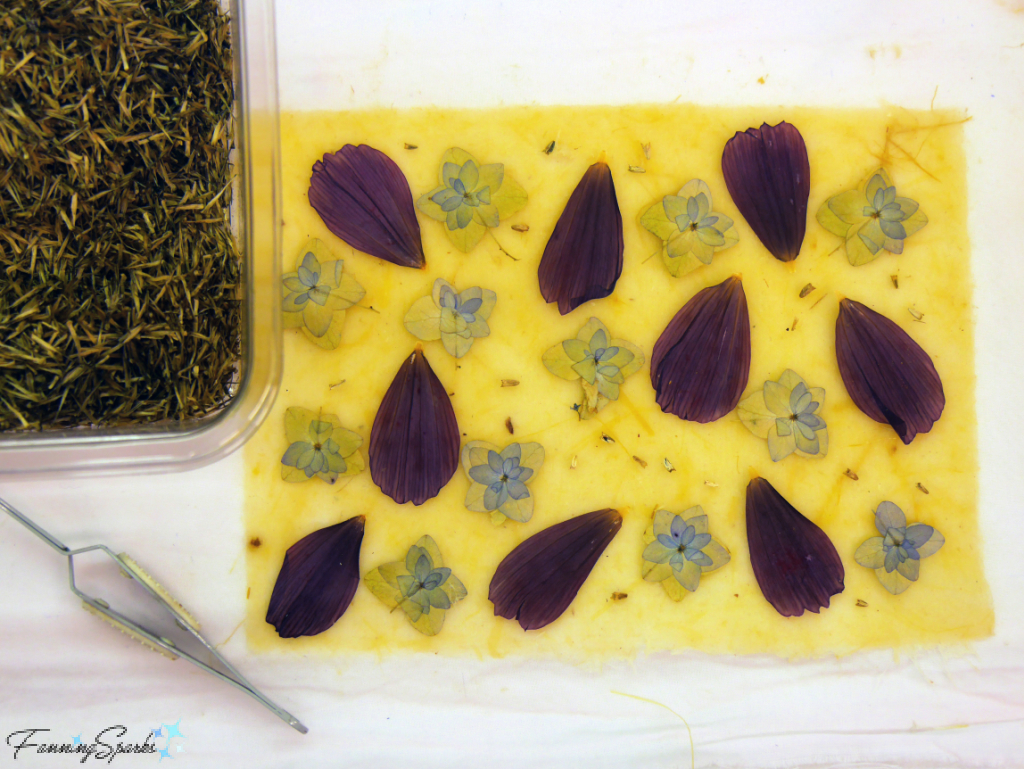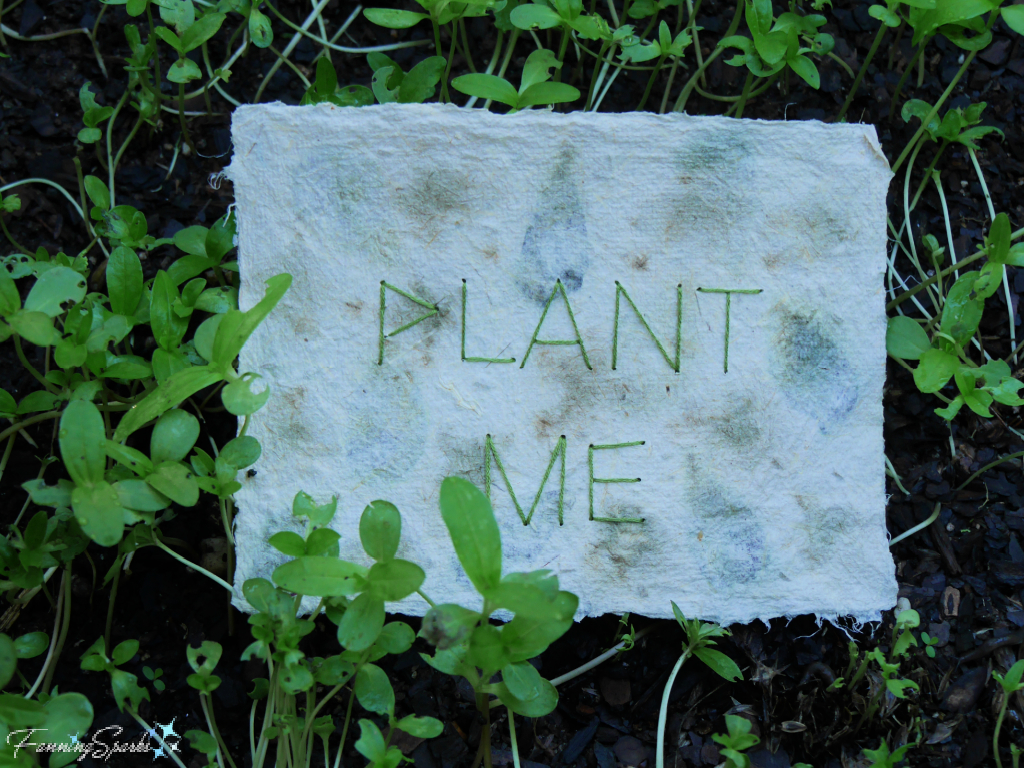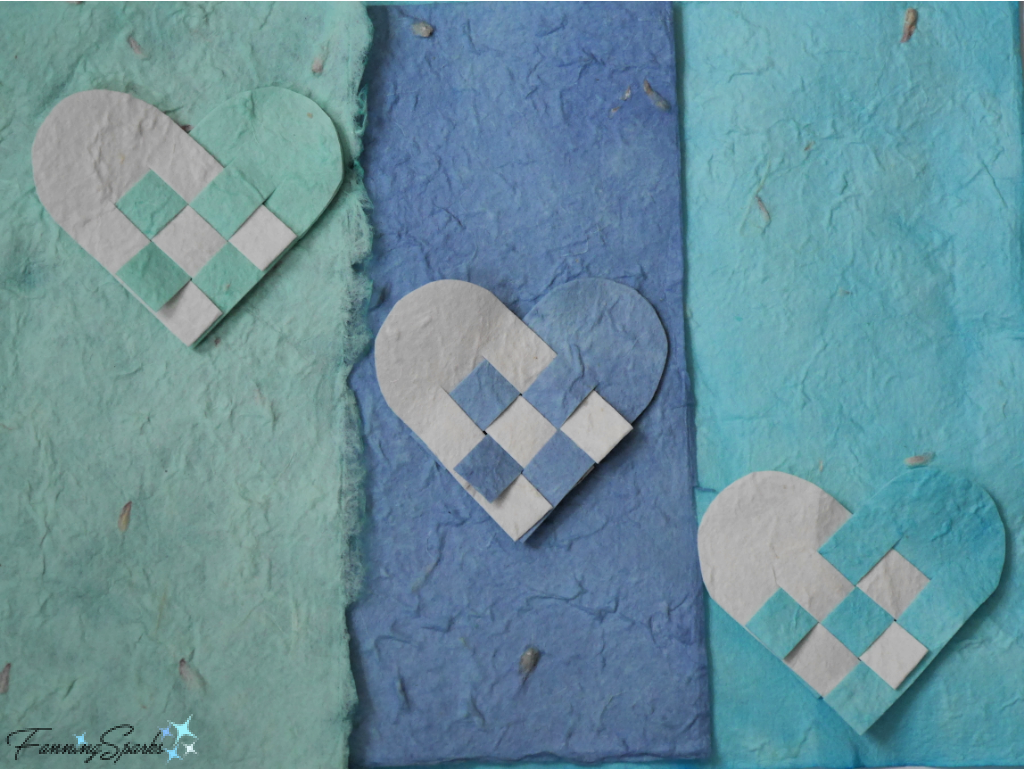Nesting season is wrapping up for another year here in the US Southeast. It was a highly entertaining season for bird landlords. We had several repeat tenants and a few newcomers. Our favorite tenant has to be the Eastern Bluebird (Sialia sialis). These charming little fellows moved in early and set about the business of raising their families without any fuss.
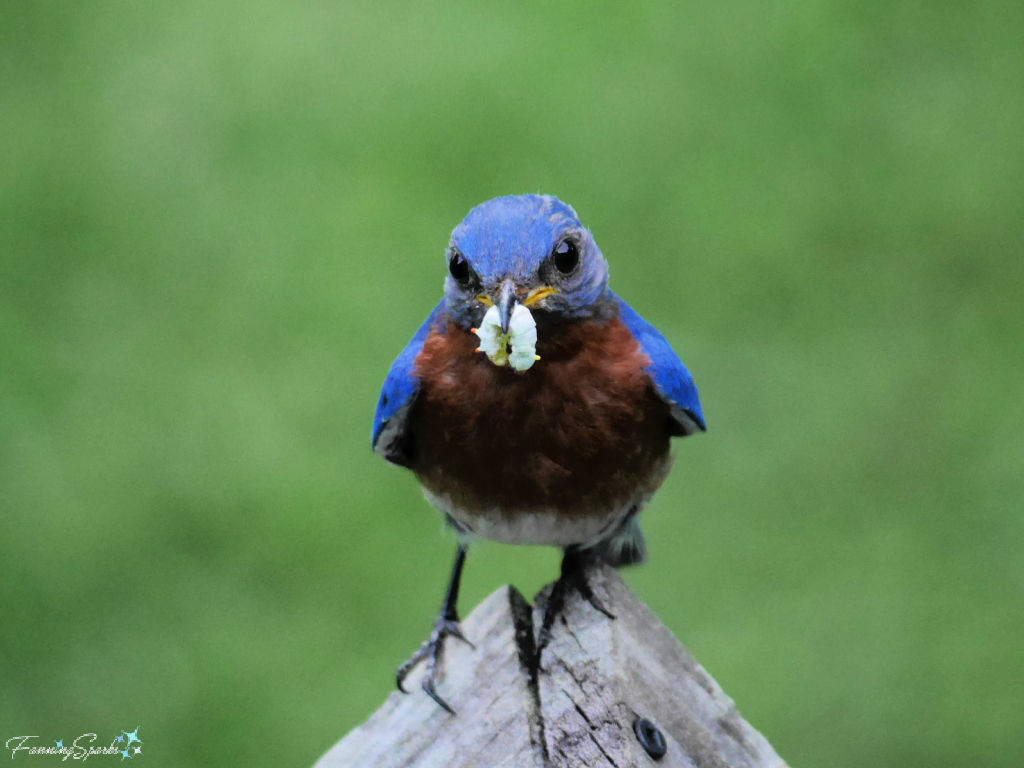
We counted at least four broods scattered amongst the various housing options. The most popular choices were the wooden birdhouses I built a few years ago. I shared detailed step-by-step instructions for this birdhouse in the blog post DIY Bluebird-Approved Birdhouse Tutorial.

The bluebirds also tried some of our other rental properties including this fancy one purchased from a talented, local woodworker.

It’s fun to see the youngsters leave the nest and gain their independence. Here’s a juvenile bluebird checking out the birdbath.
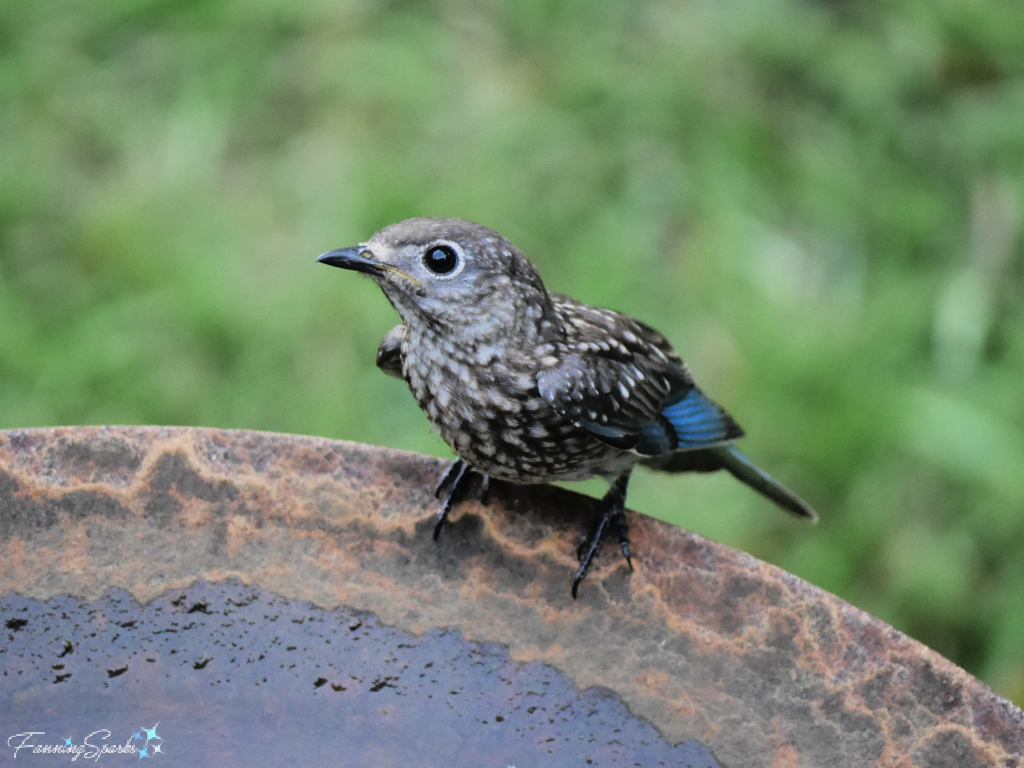
This was the first year we had nesting Brown Thrashers (Toxostoma rufum). We had at least two pairs build nests in the flowering shrubs around the house. This is a Brown Thrasher sitting on their nest in our Lady Banks Rose.
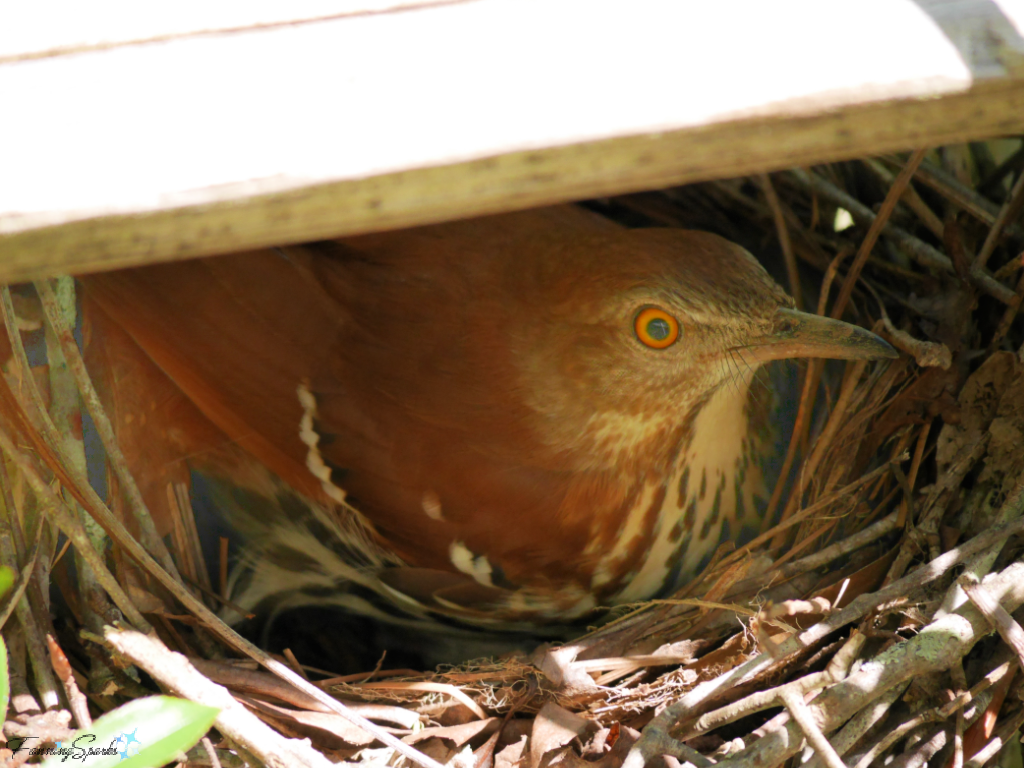
I managed to get this photo of the Brown Thrasher’s eggs but it was a death-defying act! These parents are hypervigilant and quick to dive bomb anything that gets too close.
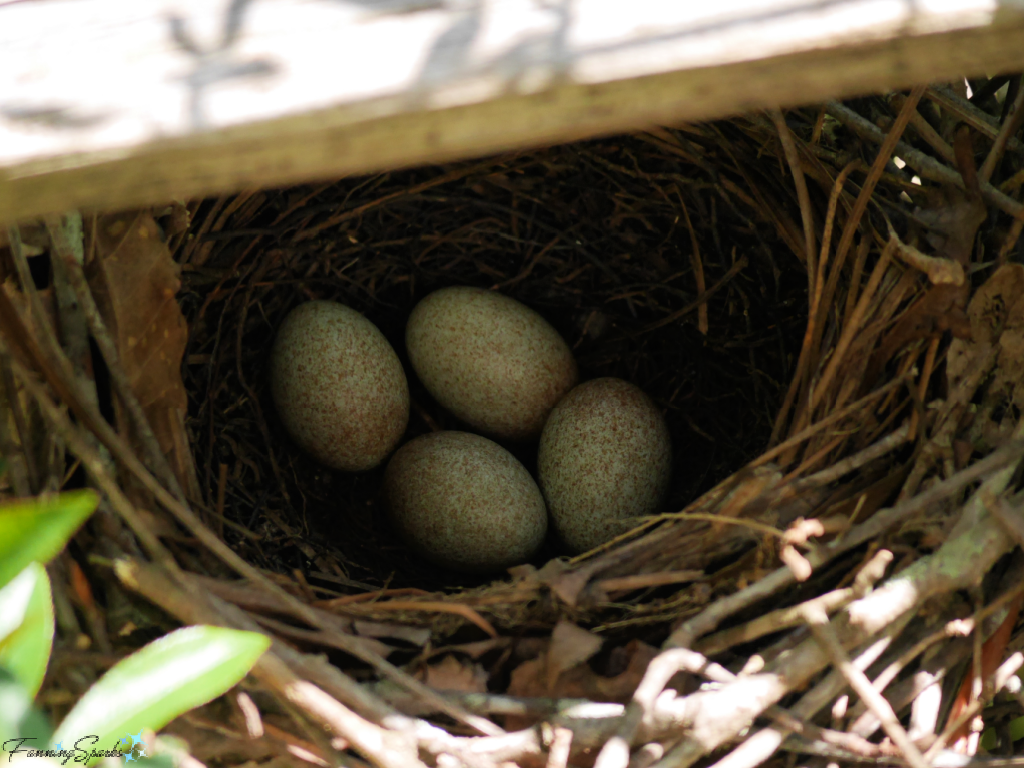
The juvenile Brown Thrashers also seemed to appreciate the nearby birdbath. Here one wades in, makes a few waves and then ducks under.
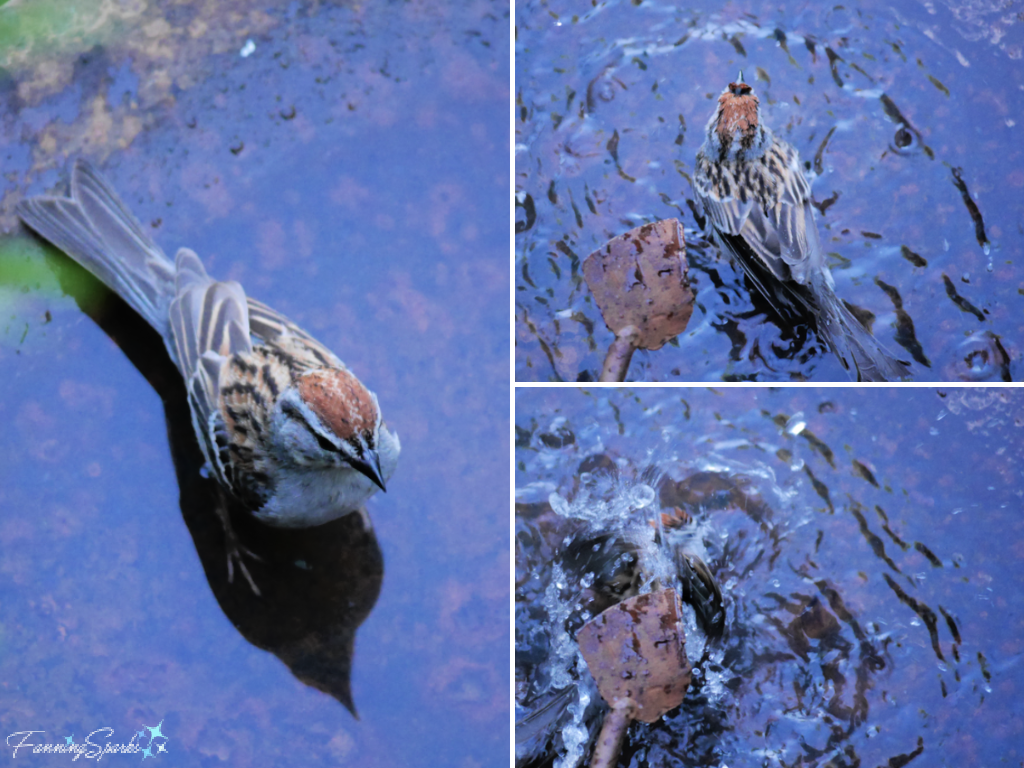
This rustic wooden birdhouse, which we call the Condo Birdhouse, was popular in previous years but didn’t see much action this year.

Here’s a Carolina Chickadee (Poecile carolinensis) feeding the family in the Condo Birdhouse last year.

This is my all-time favorite tenant from the Condo Birdhouse—the Prothonotary Warbler (Protonotaria citrea). This bright, handsome songbird set up house two years ago but made only a few brief appearances this year.
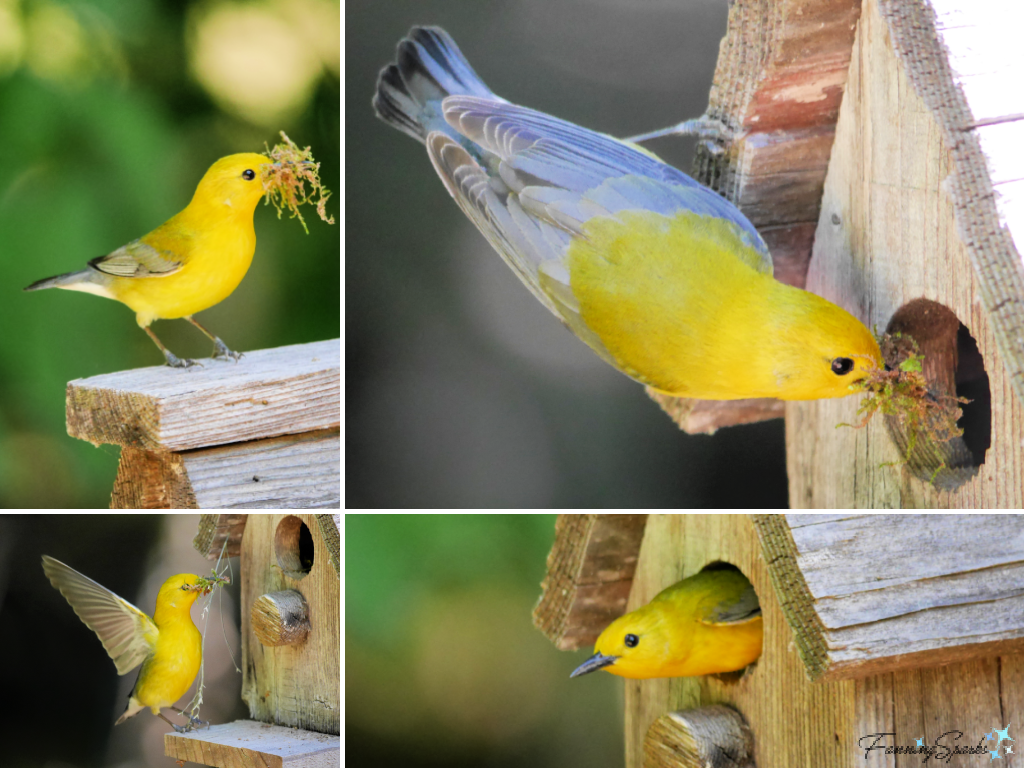
Several Carolina Wrens (Thryothorus ludovicianus) visited this season. These energetic little birds really know how to belt out a song!

The Carolina Wrens are not, however, easy tenants. They’ve shown zero interest in this wooden nest box despite the fact it was specifically sold as a wren house.
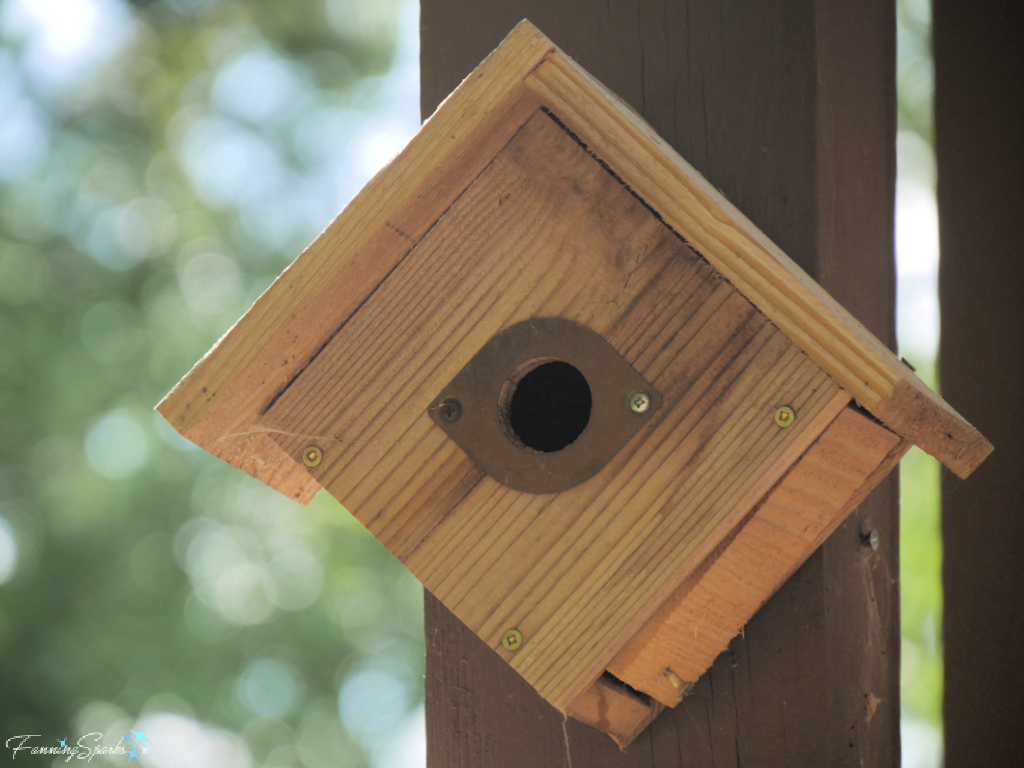
Instead, the Carolina Wrens have taken up residence in the most inconvenient places—one year it was in a decorative pot (shown below) and the next year it was in the outlet of our exhaust fan.

The Tufted Titmouse (Baeolophus bicolor) is a timid little songbird. It makes regular appearances but has yet to move into one of our properties.
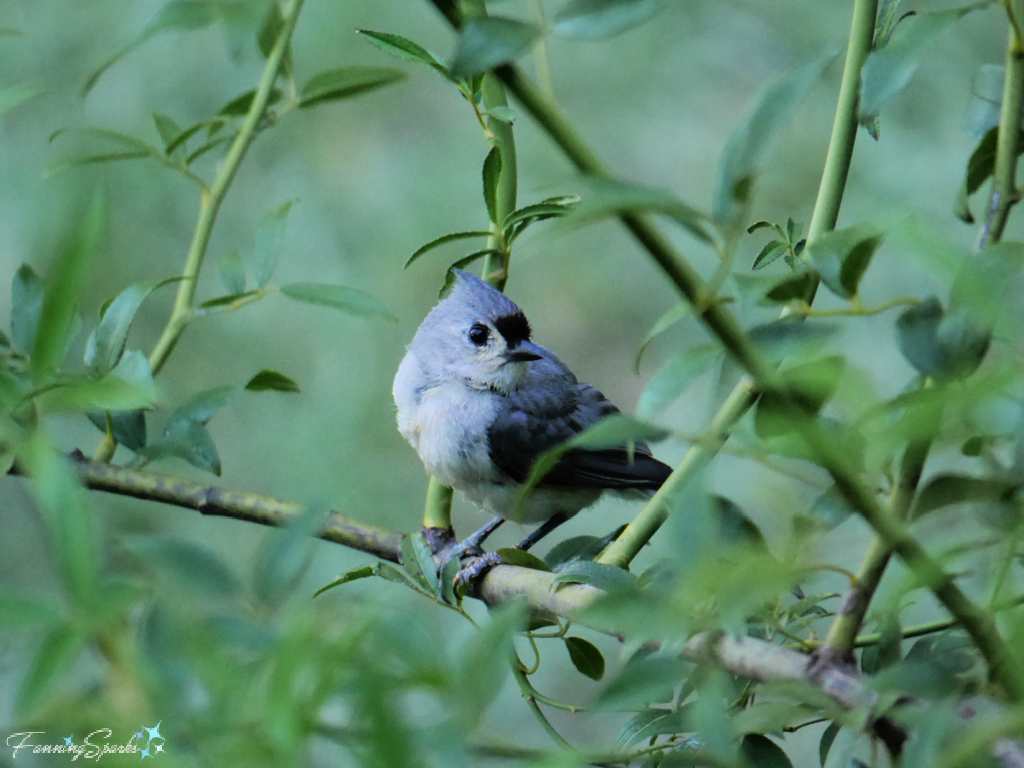
This blog post would never end if I tried to list every bird we’ve seen. Instead, I’d like to consider what changes, if any, should be made for next year. Do we need to add some new properties? Upgrade or relocate any of our rental units? What building materials should we use? What features are most sought after?
It’s helpful to consider where these birds nest in their natural habitat. Most of them fall into the category of cavity nesters. In North America, there are about 85 different species of cavity nesters divided into three significant groups:
1) primary cavity nesters/ strong excavators
2) primary cavity nesters/ weak excavators
3) secondary cavity nesters.
Primary cavity nesters/ strong excavators, woodpeckers for instance, use their strong beaks to excavate their own homes from hard or soft woods. Primary cavity nesters/ weak excavators, chickadees and wrens for instance, can excavate their own homes but only from snags. Snags are dead trees that are left upright to decompose naturally.
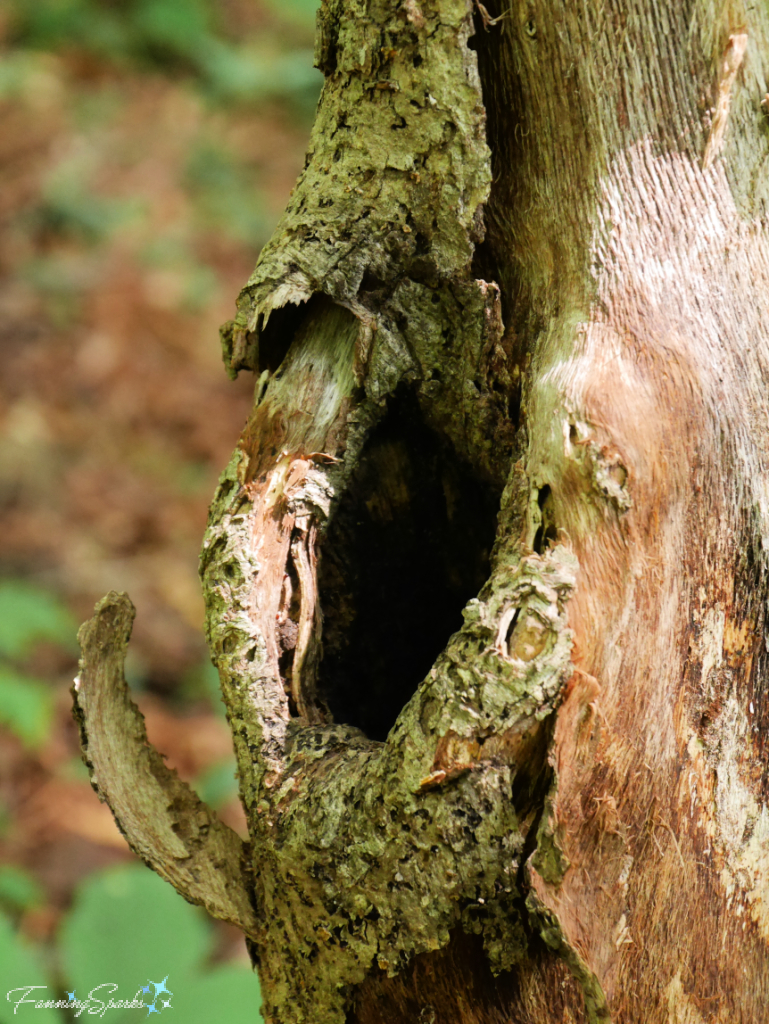
The third group, secondary cavity nesters, swallows and bluebirds for instance, cannot excavate their own cavities and instead adopt those already made by the primary cavity nesters.
Further online research reveals how to best meet the needs of cavity nesters. The Cornell Lab of Ornithology’s NestWatch website offers a comprehensive infographic explaining the Features of a Good Birdhouse along with various nest plans. Here’s a partial screenshot of the infographic.

The infographic contains great advice for wooden birdhouses. But ever since my recent introduction to gourds (see A Gourd Gathering… Wait, What?), I’ve been wondering about the possibility of using gourds for birdhouses. There are numerous online references for using gourds to house Purple Martins (Progne subis). The Purple Martin Conservation Association explains the appeal, “Purple Martins are native songbirds in the swallow family. East of the Rocky Mountains, Purple Martins nest almost exclusively in human-supplied housing. They are dependent on us for their survival. They are one of America’s most well-loved songbirds for many reasons; their chattering song, aerial acrobatics, insect-eating habits and their tolerance of humans.” Purple Martins like to nest in colonies and experts recommend starting with at least 6 to 8 birdhouses or compartments. Shown below are typical purple martin colonies with what appear to be PVC plastic gourds.

Aside from Purple Martins, I couldn’t find much online evidence that birds will actually nest in gourds. A detailed evaluation of NestWatch’s characteristics of a Good Birdhouse suggests a gourd could meet most of the criteria.
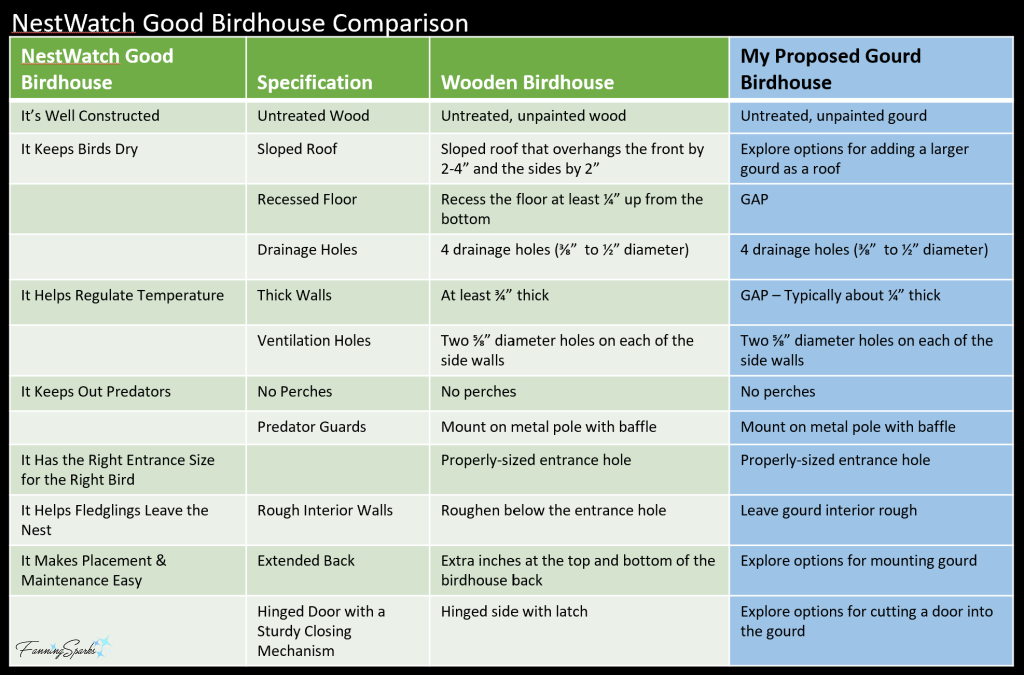
Additionally, different birds have specific requirements. NestWatch provides a wealth of information as well as nest box plans for nearly 60 species. Shown below, for instance, is the entry for the Carolina Chickadee.
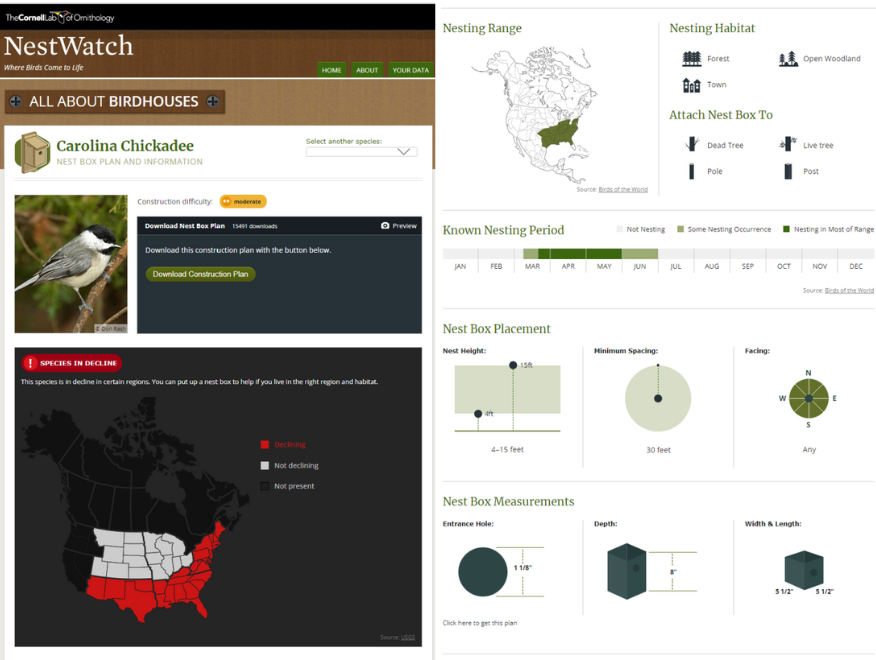
I did the same evaluation for the Carolina Chickadee nest box requirements and it appears, that by selecting the right size gourd, these criteria could also be met.

My next step will be to build a few gourd nest boxes while exploring options to meet the NestWatch specifications as closely as possible. They should be ready for the next nesting season. Then we’ll see if gourds really are for the birds!
More Info
See the previous FanningSparks blog post, DIY Bluebird-Approved Birdhouse Tutorial, for step-by-step instructions to build a birdhouse for bluebirds.
In the blog post, A Gourd Gathering… Wait, What?, I share my experience attending my first Gourd Gathering and delve into the world of gourds.
NestWatch, by The Cornell Lab of Ornithology, “is a nationwide monitoring program designed to track status and trends in the reproductive biology of birds, including when nesting occurs, number of eggs laid, how many eggs hatch, and how many hatchlings survive. Our database is intended to be used to study the current condition of breeding bird populations and how they may be changing over time as a result of climate change, habitat degradation and loss, expansion of urban areas, and the introduction of non-native plants and animals.” The NestWatch website has many great resources including:
. Features of a Good Birdhouse Infographic
. Right Bird, Right House Interactive
The Purple Martin Conservation Association (PMCA) “is the world leader in research, education and conservation of Purple Martins, North America’s largest swallow. … The PMCA serves as a centralized data-gathering and information source on the species, serving both the scientist and Purple Martin enthusiast.” See their website for more information.
Today’s Takeaways
1. Find out which birds you can build a nest box for in your region and habitat with the NestWatch Right Bird, Right House tool.
2. Learn how to build good birdhouses with NestWatch reference materials.
3. Leverage NestWatch resources to learn more about birds and nest monitoring.



